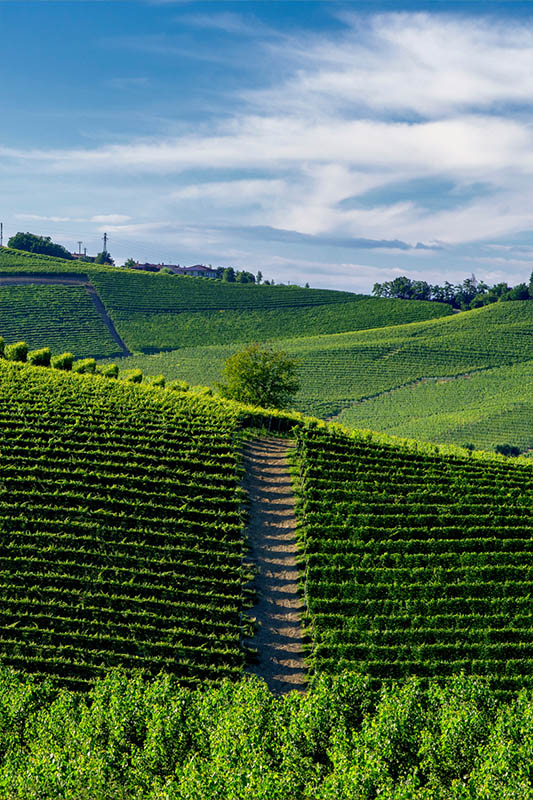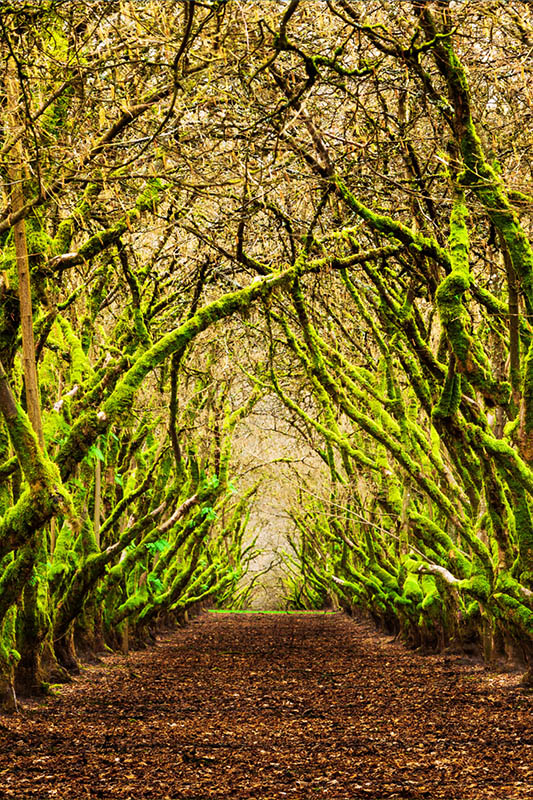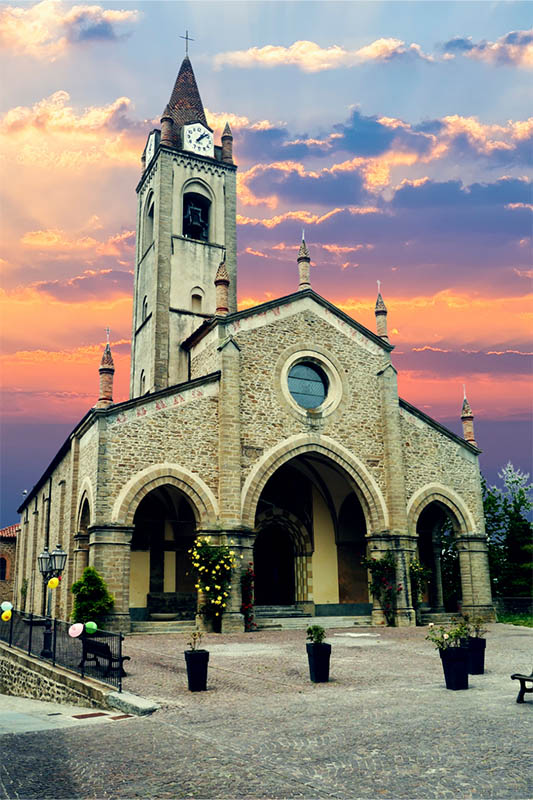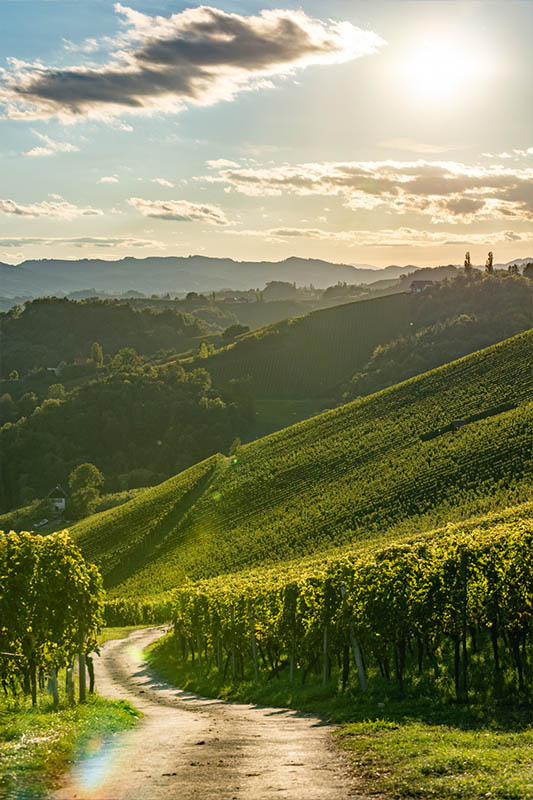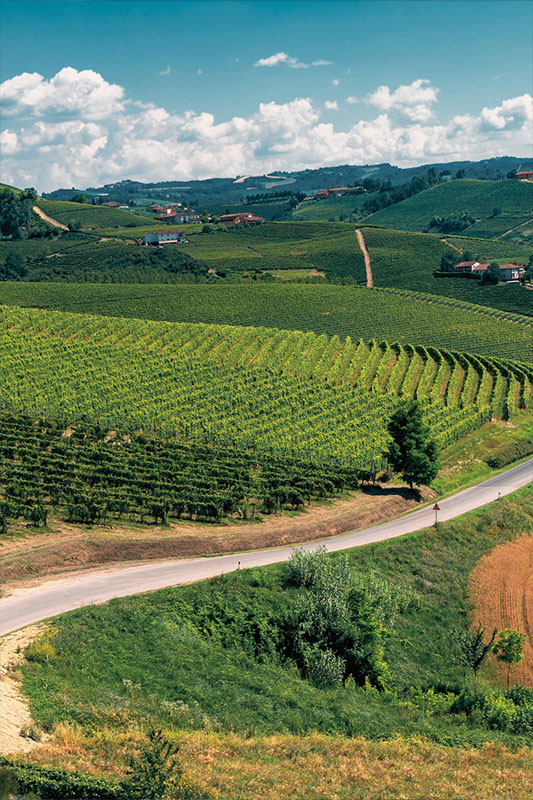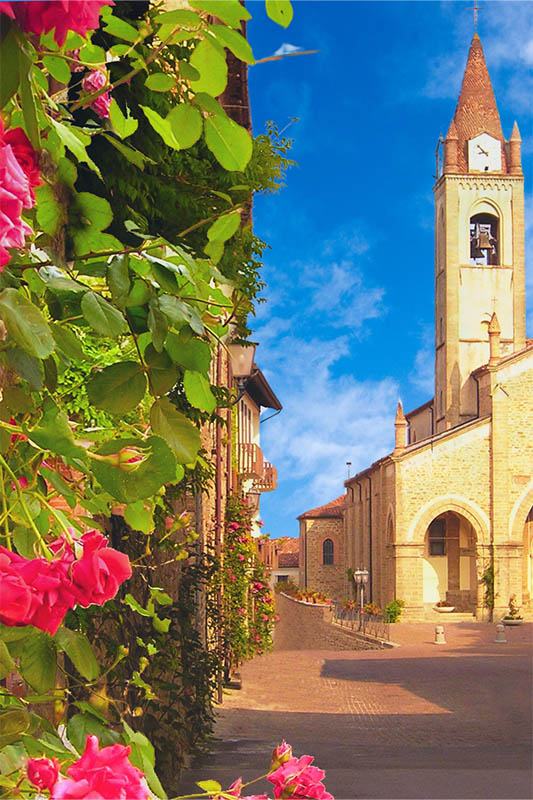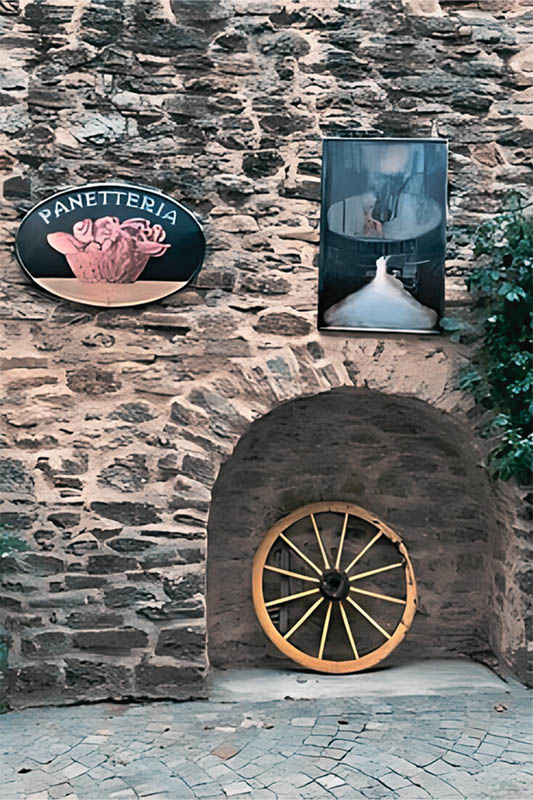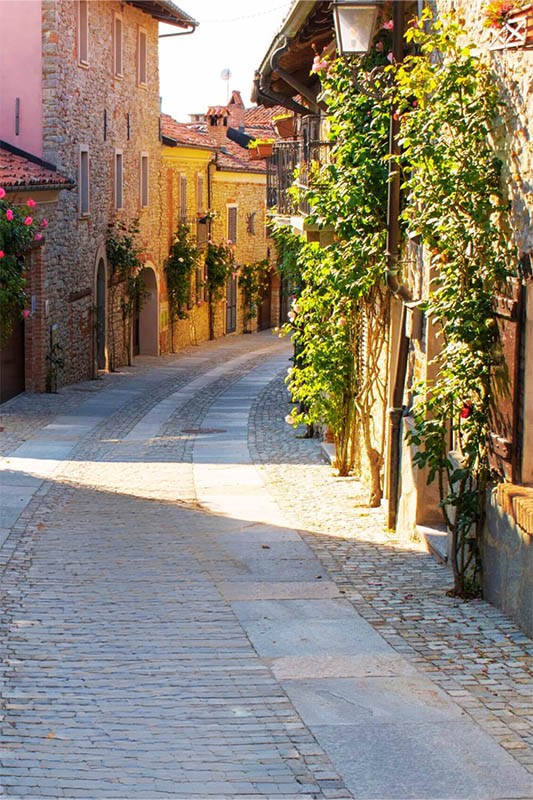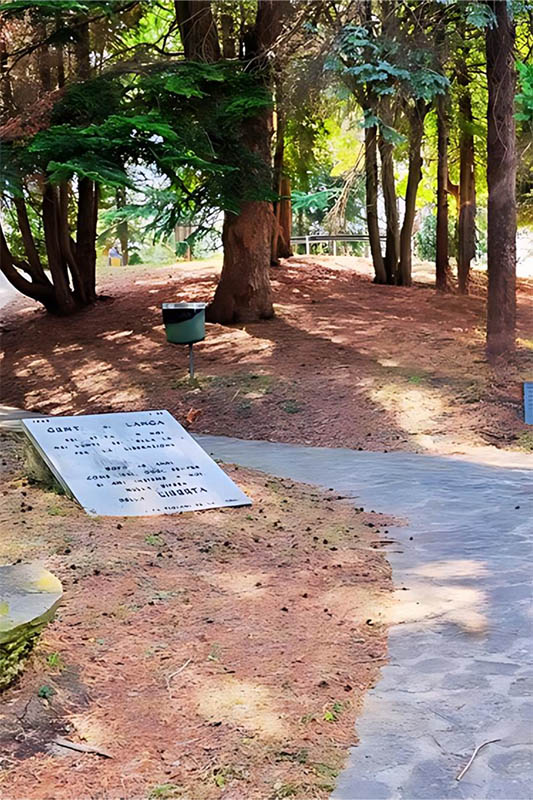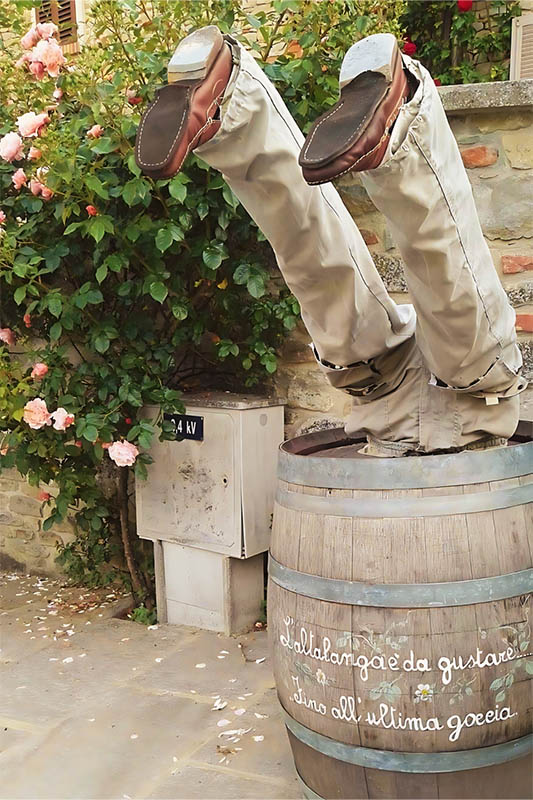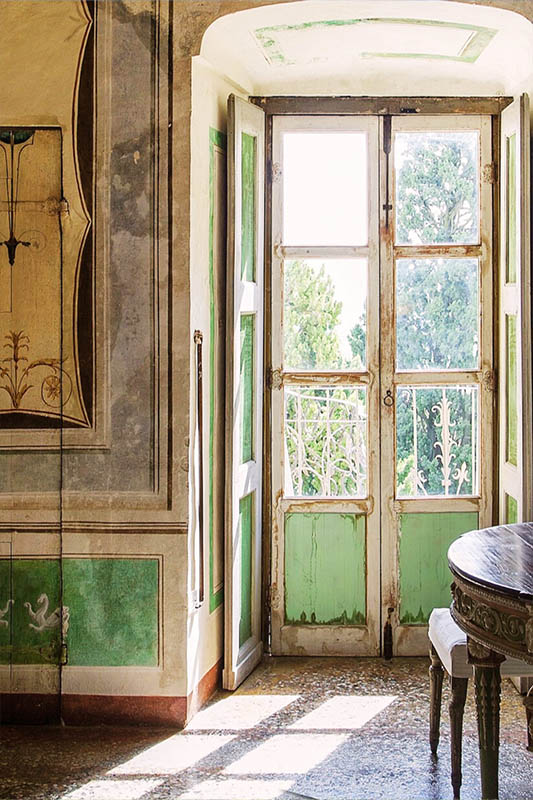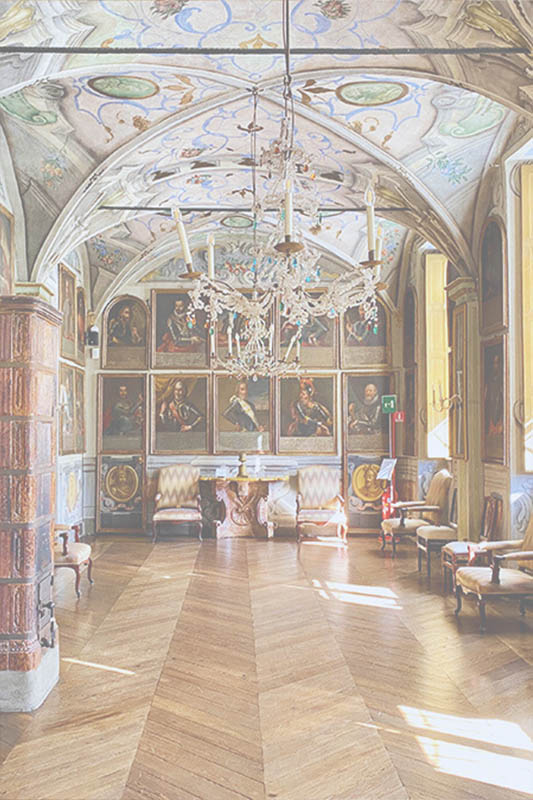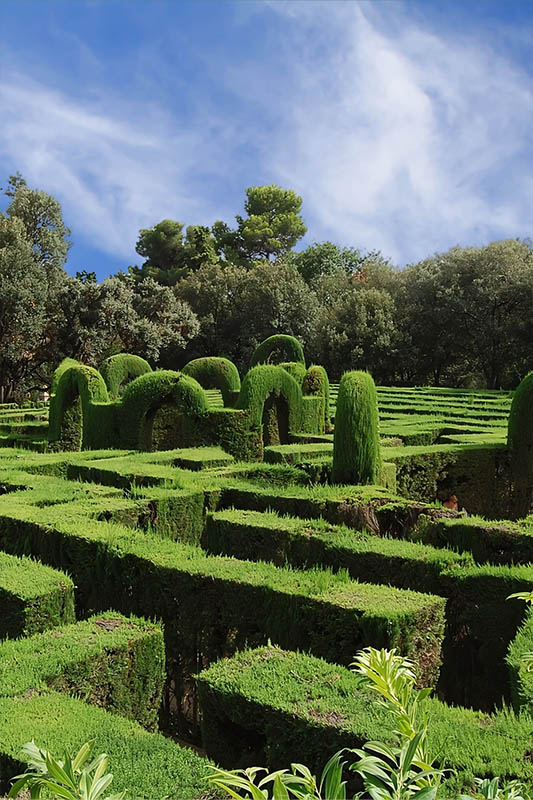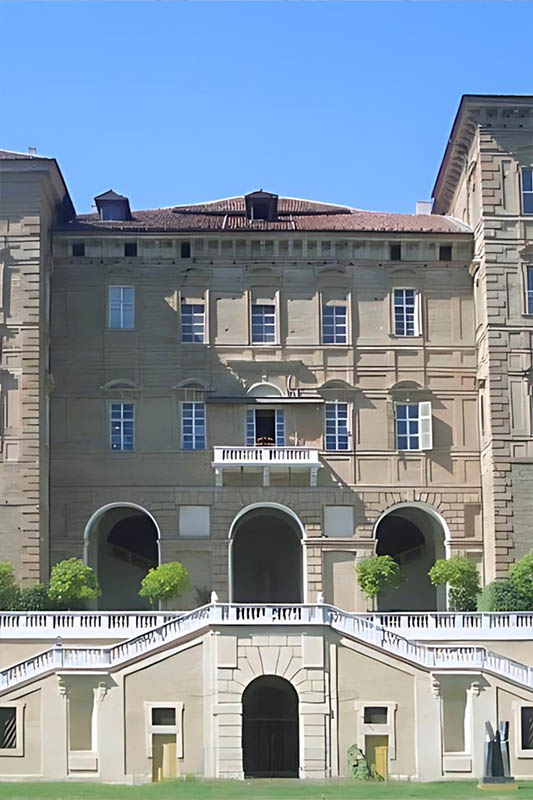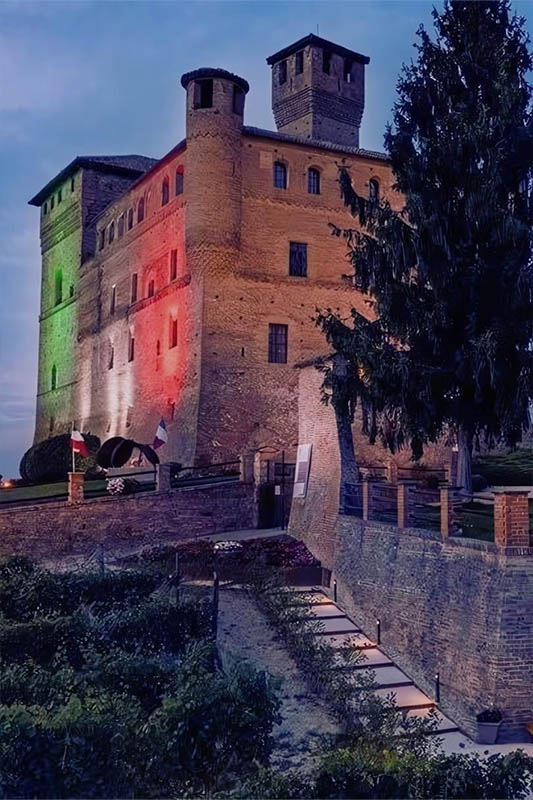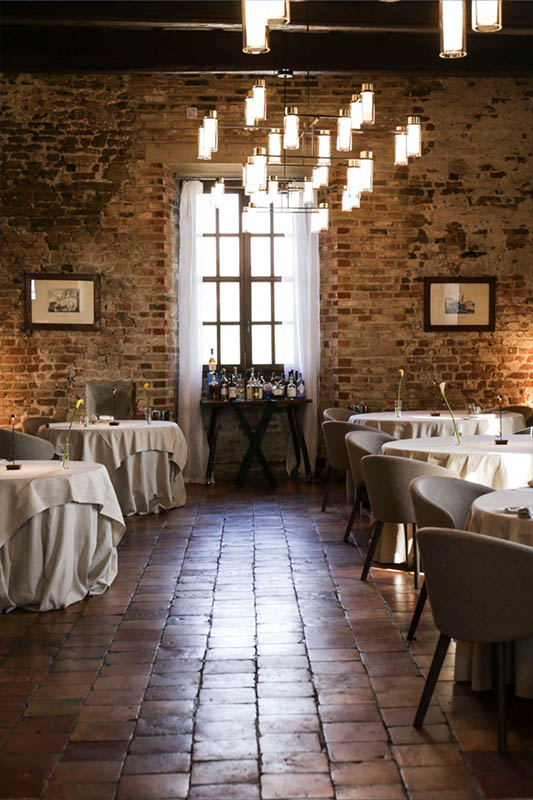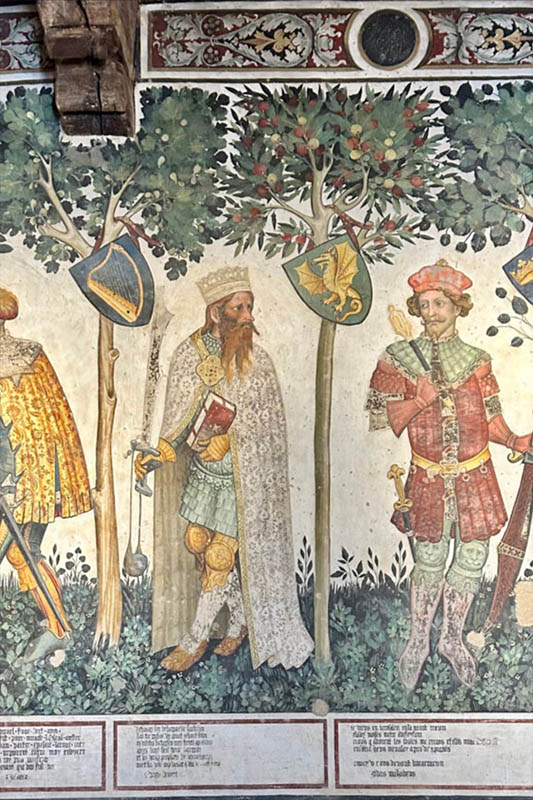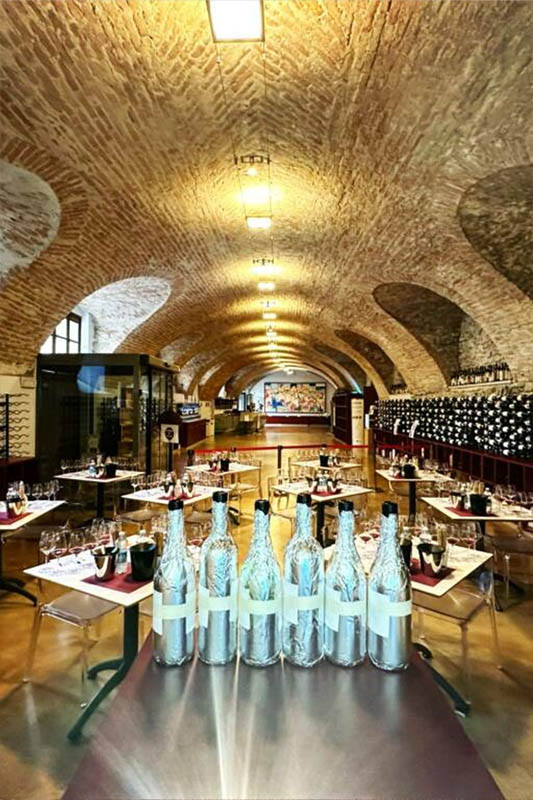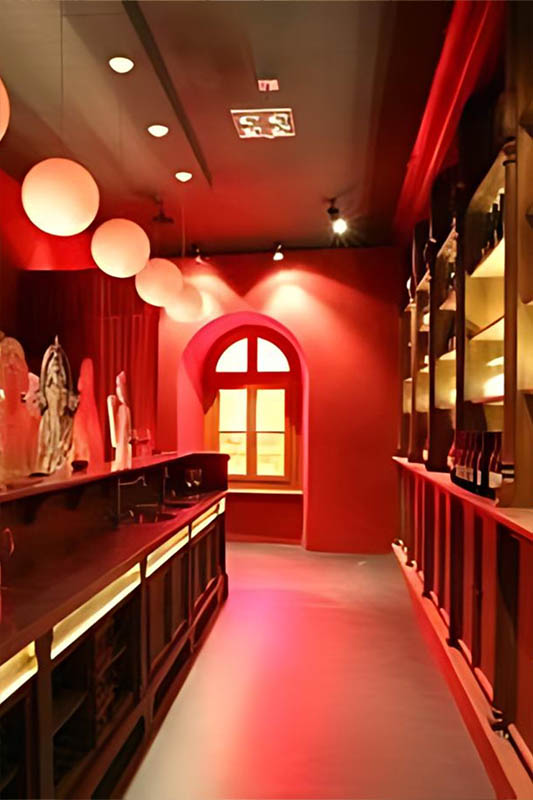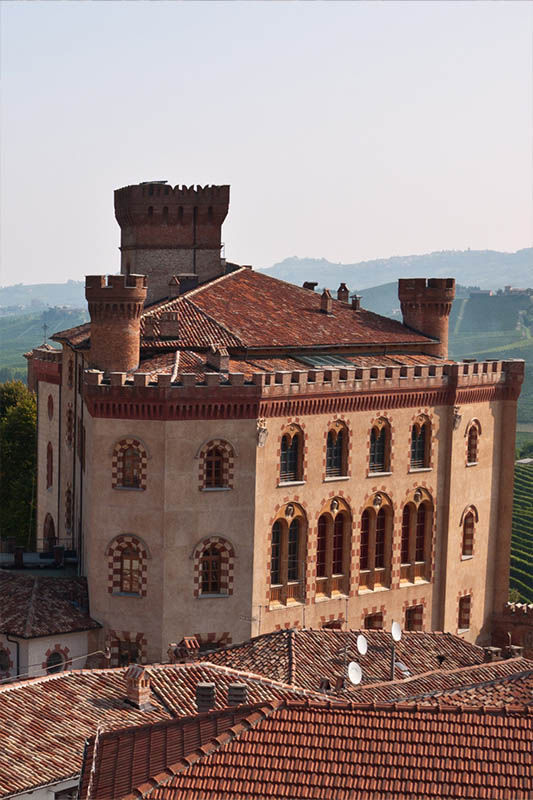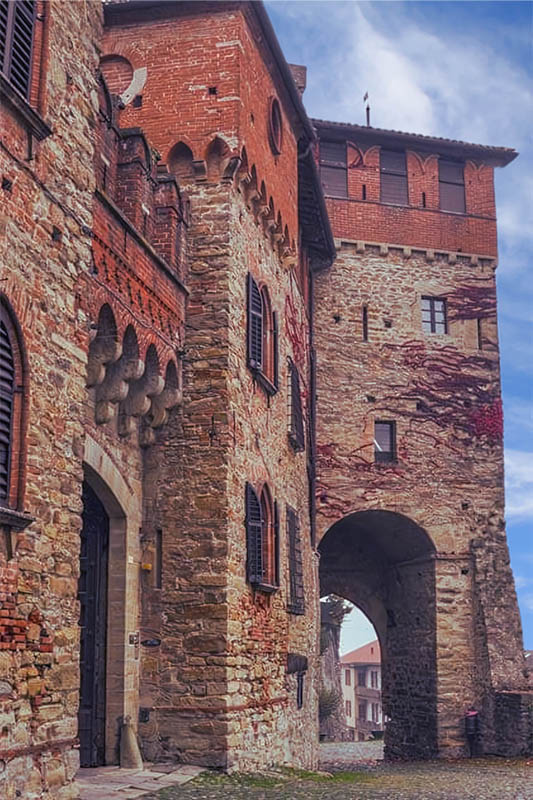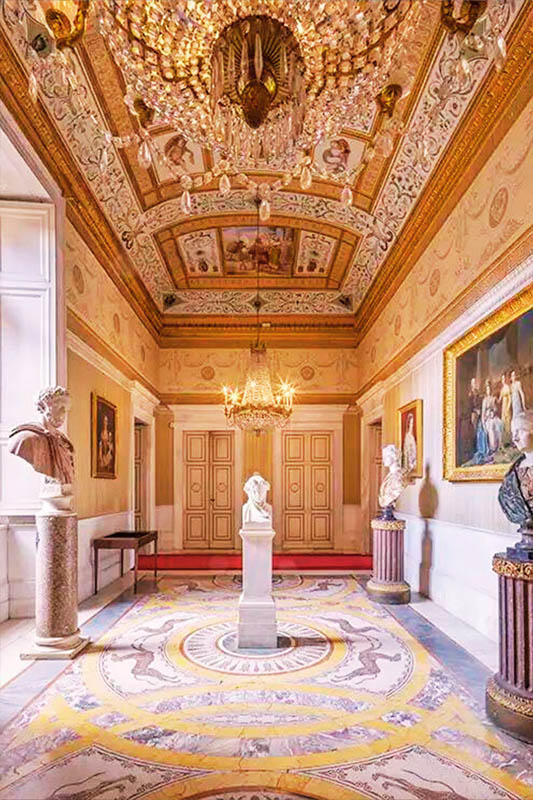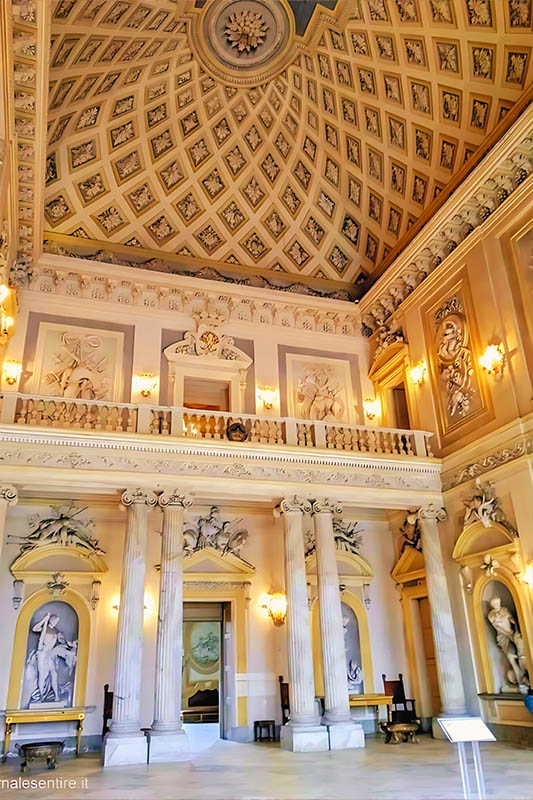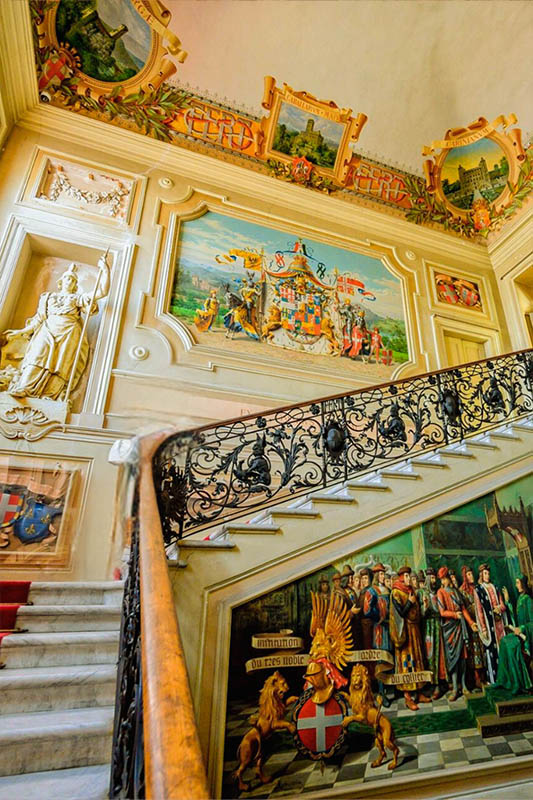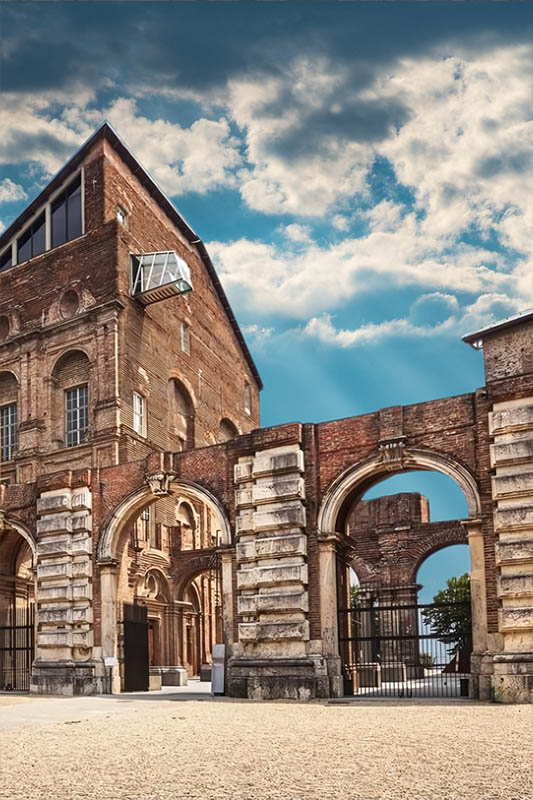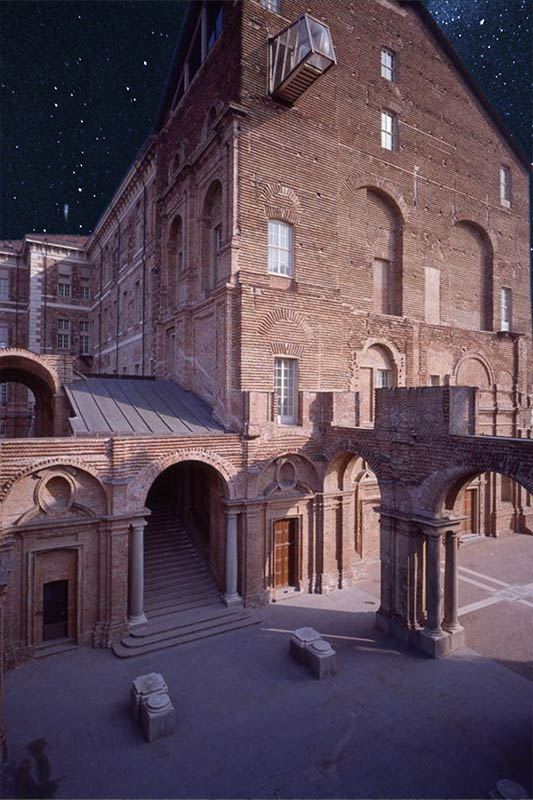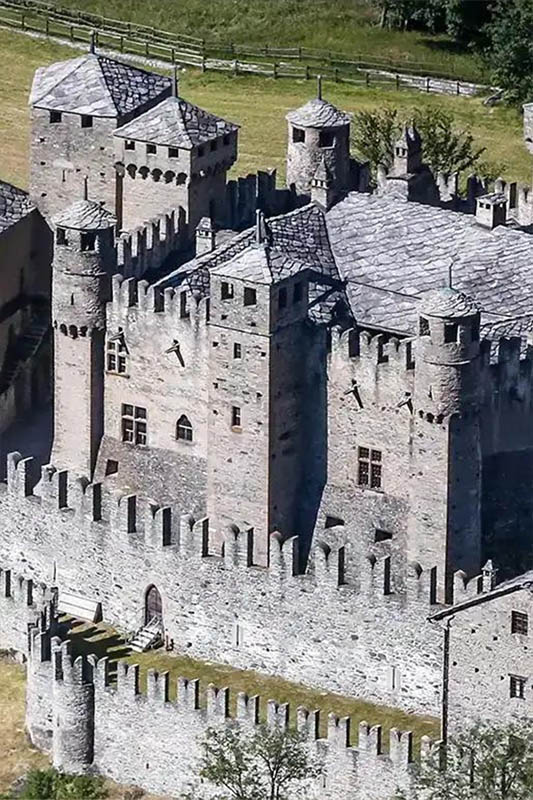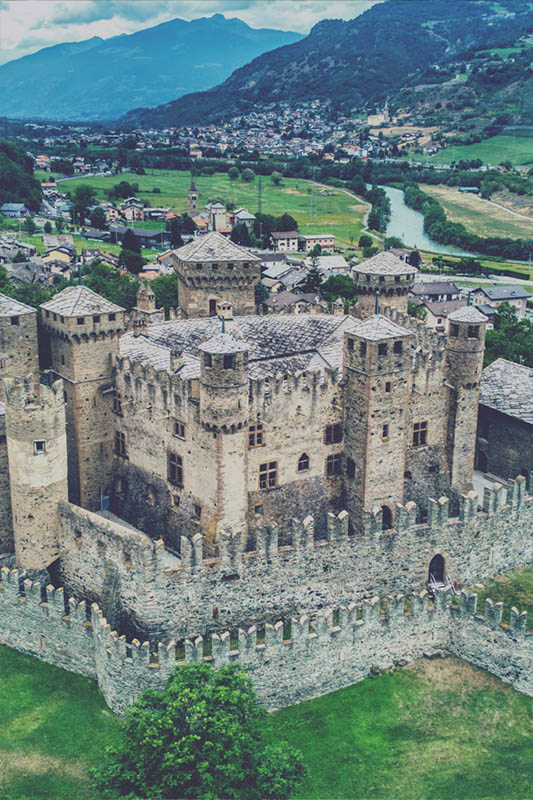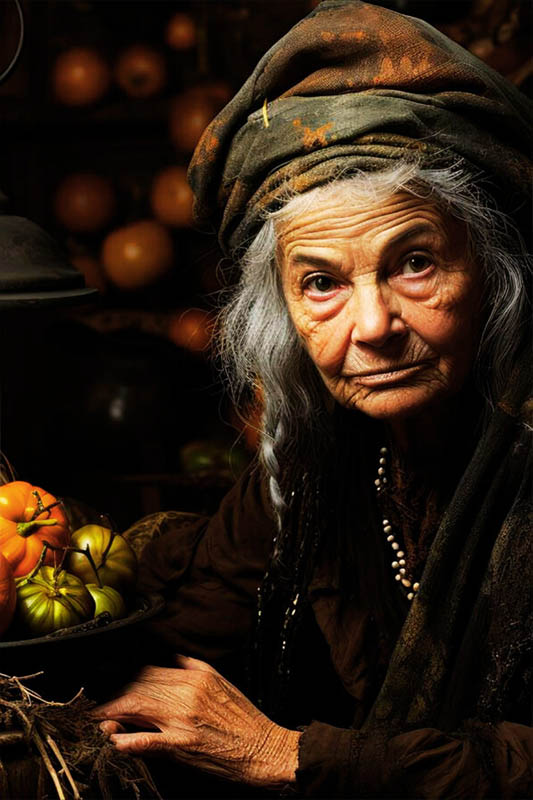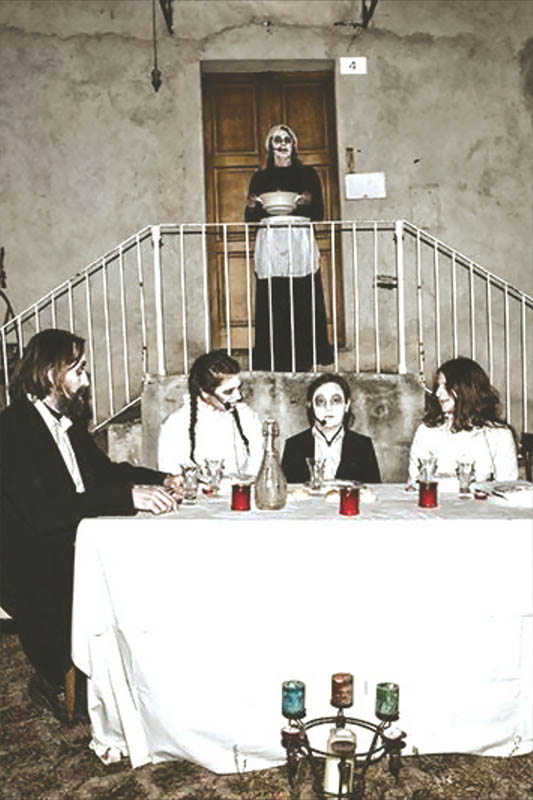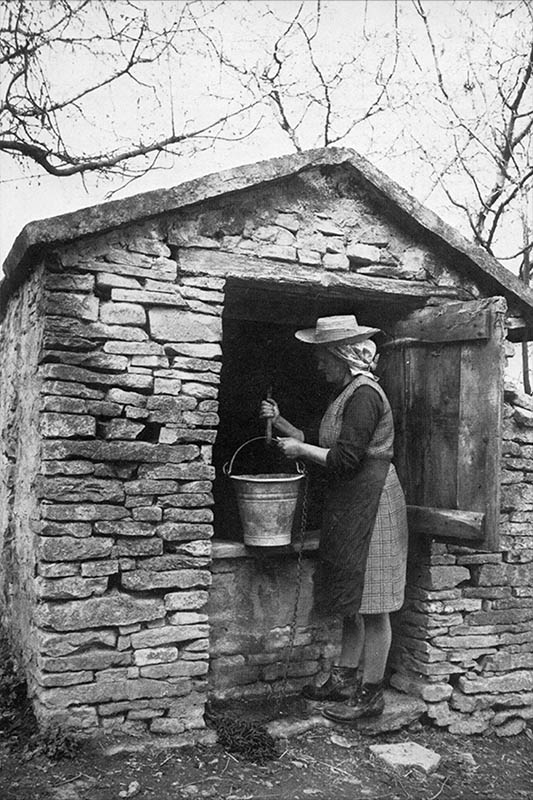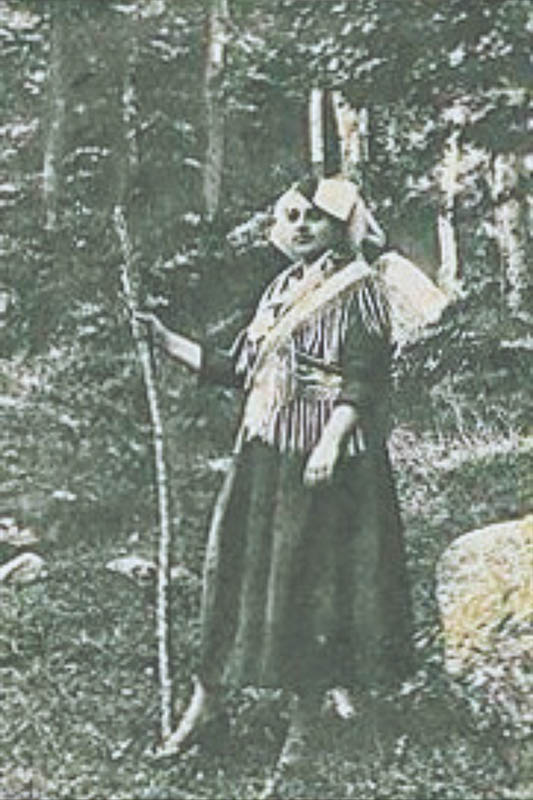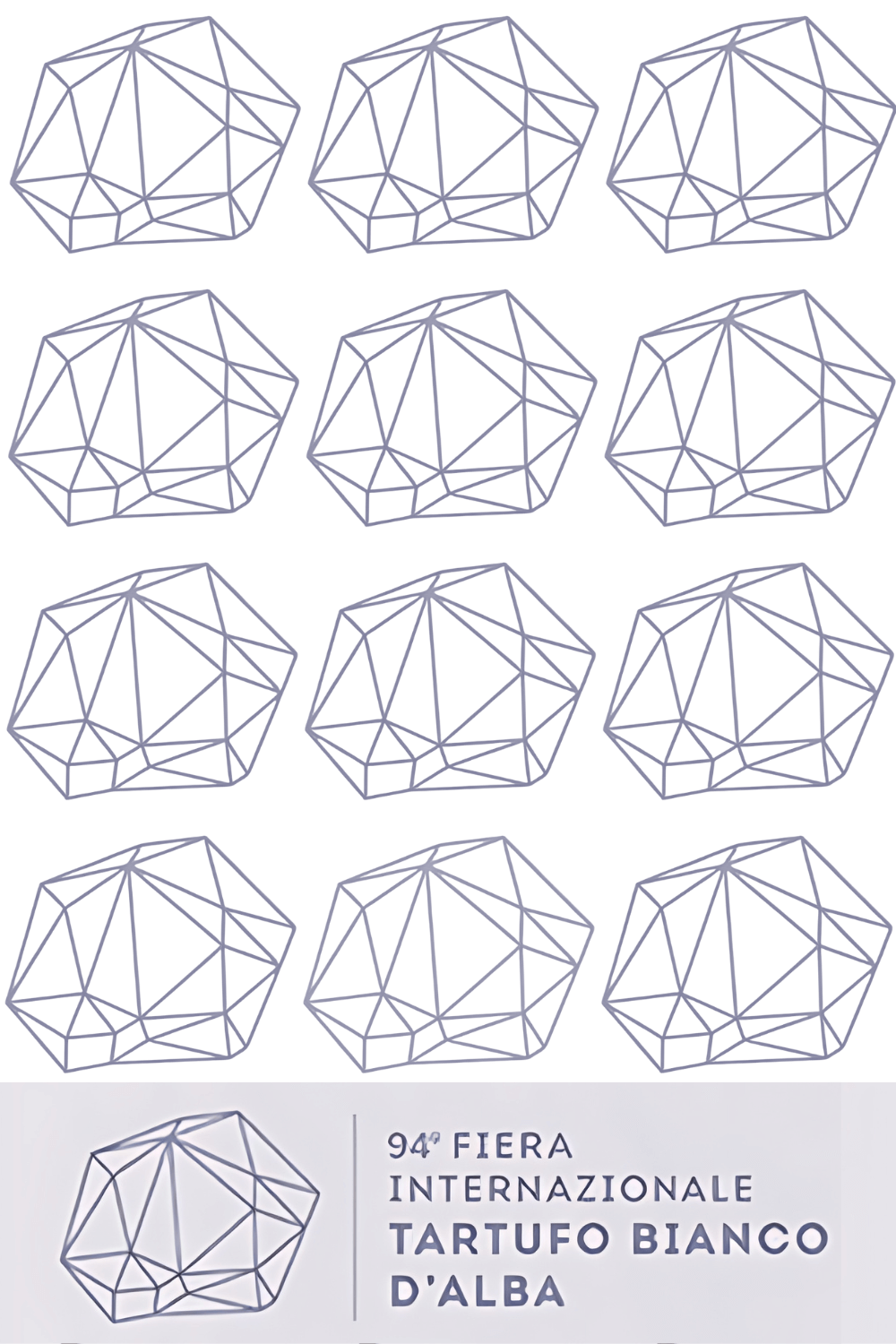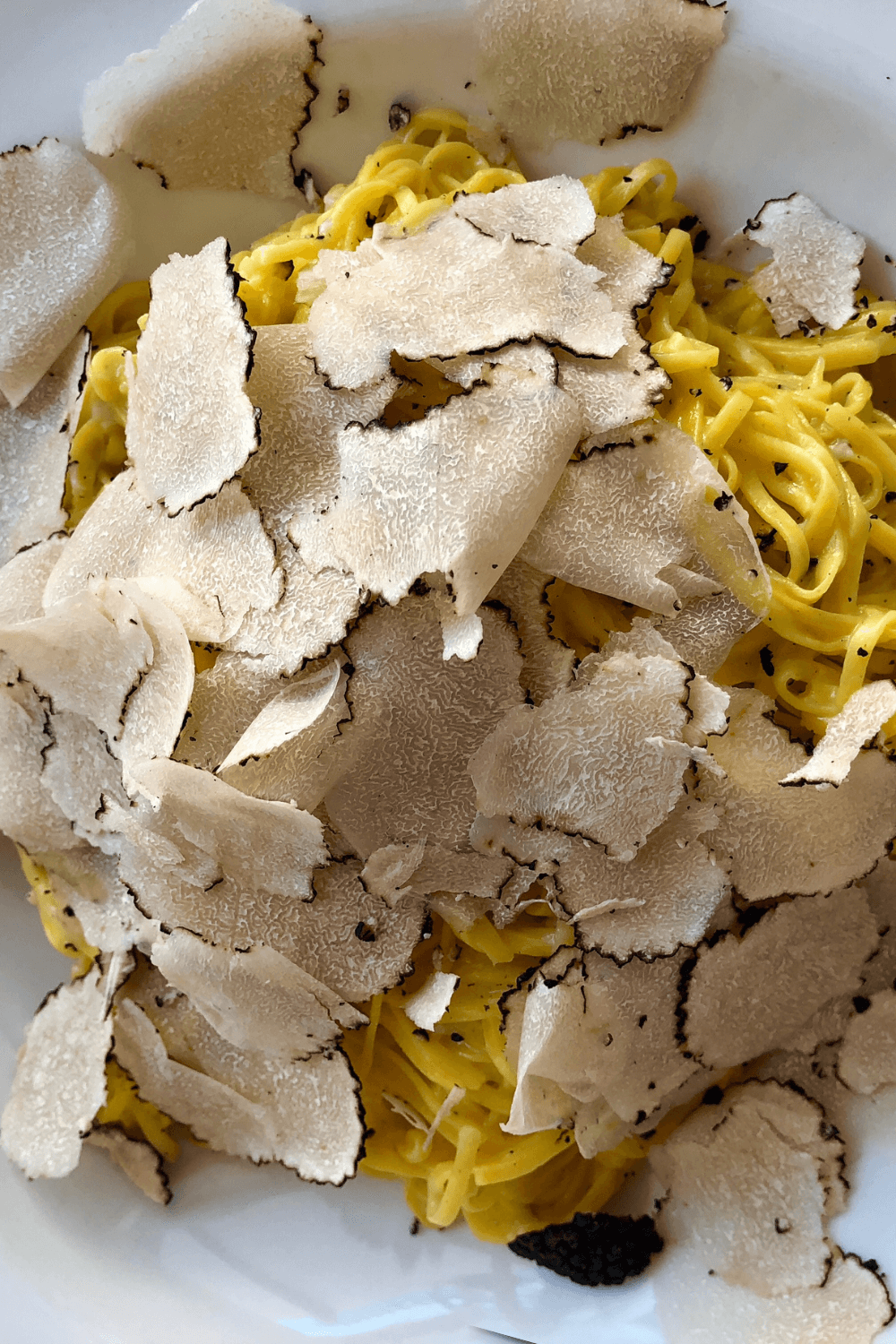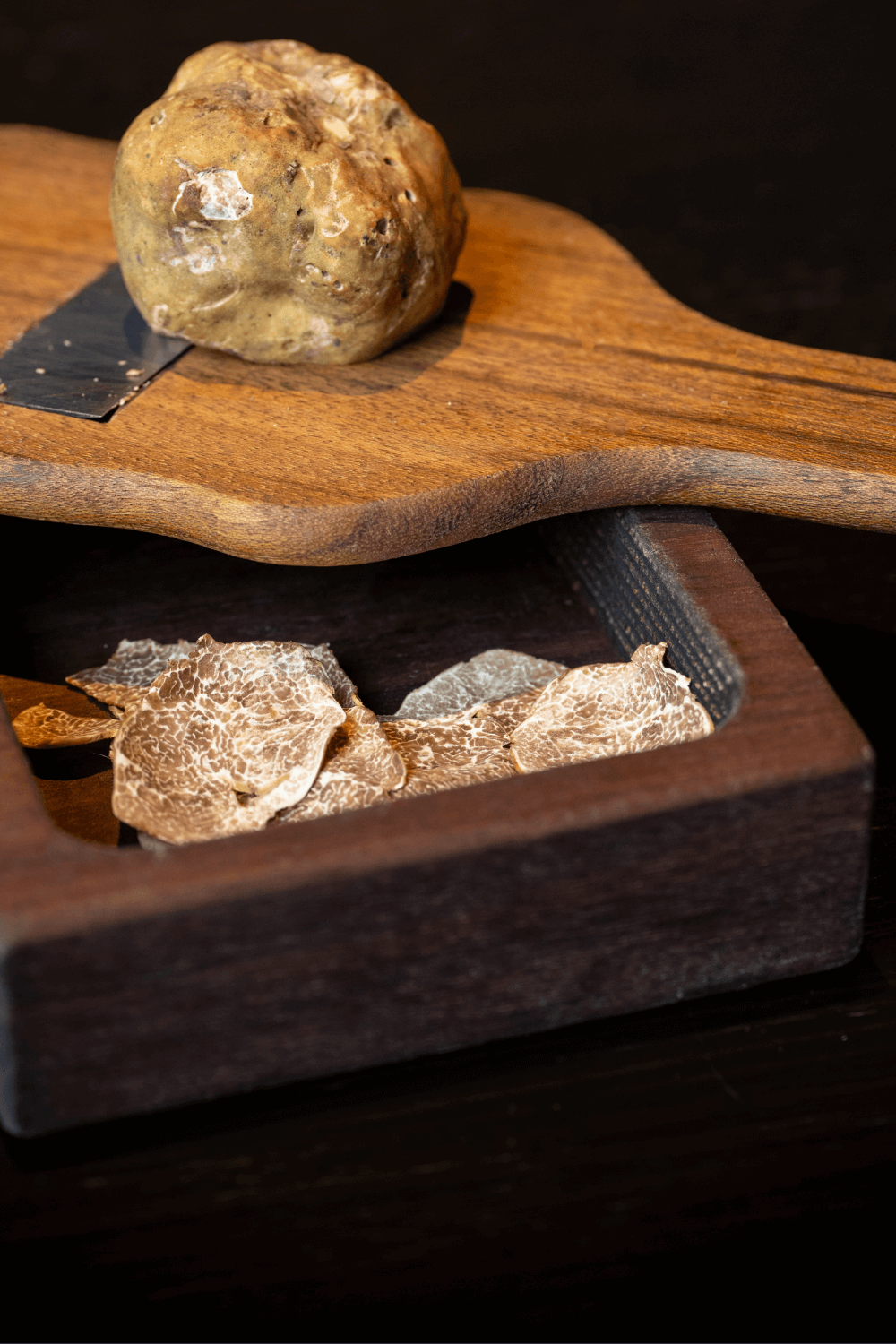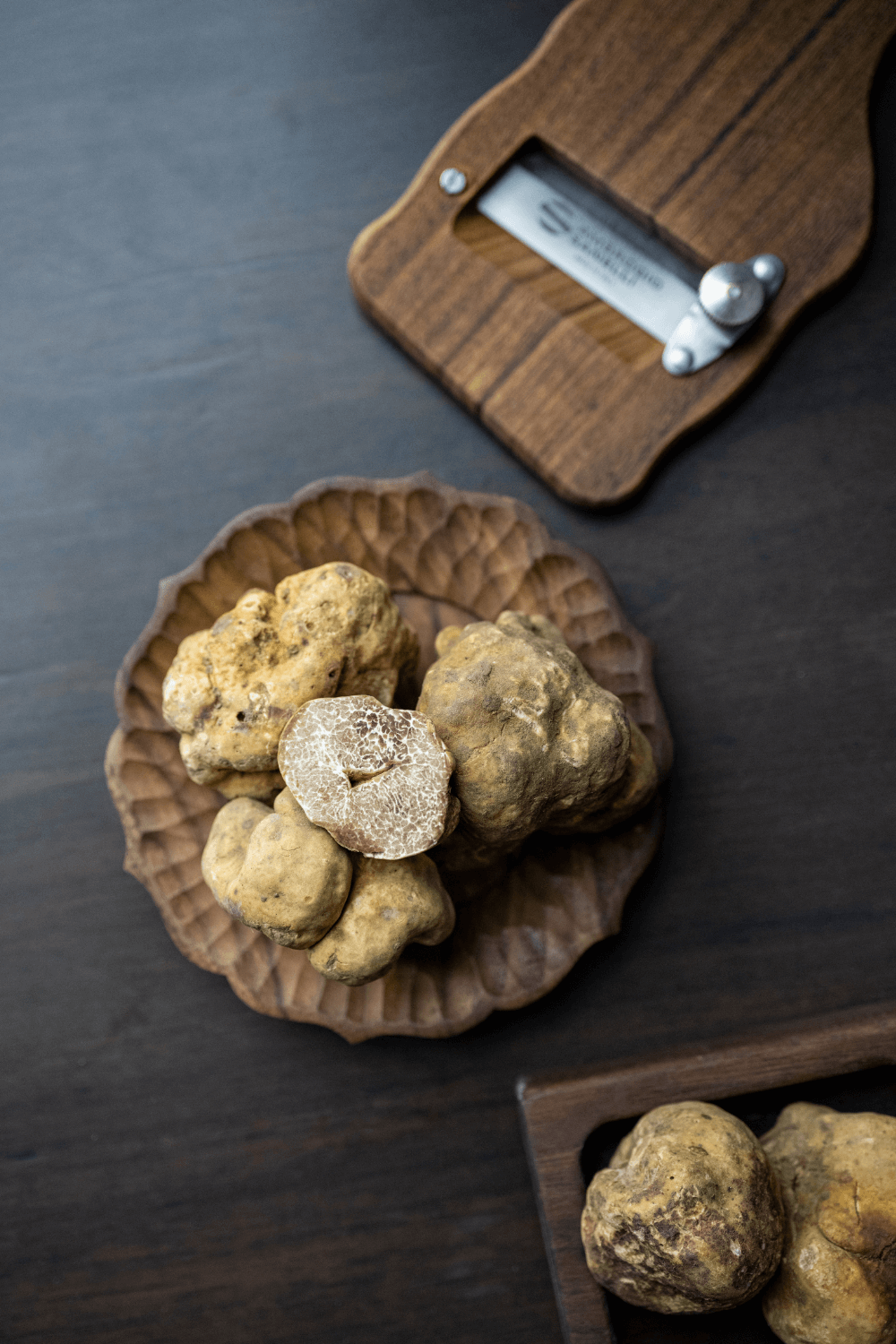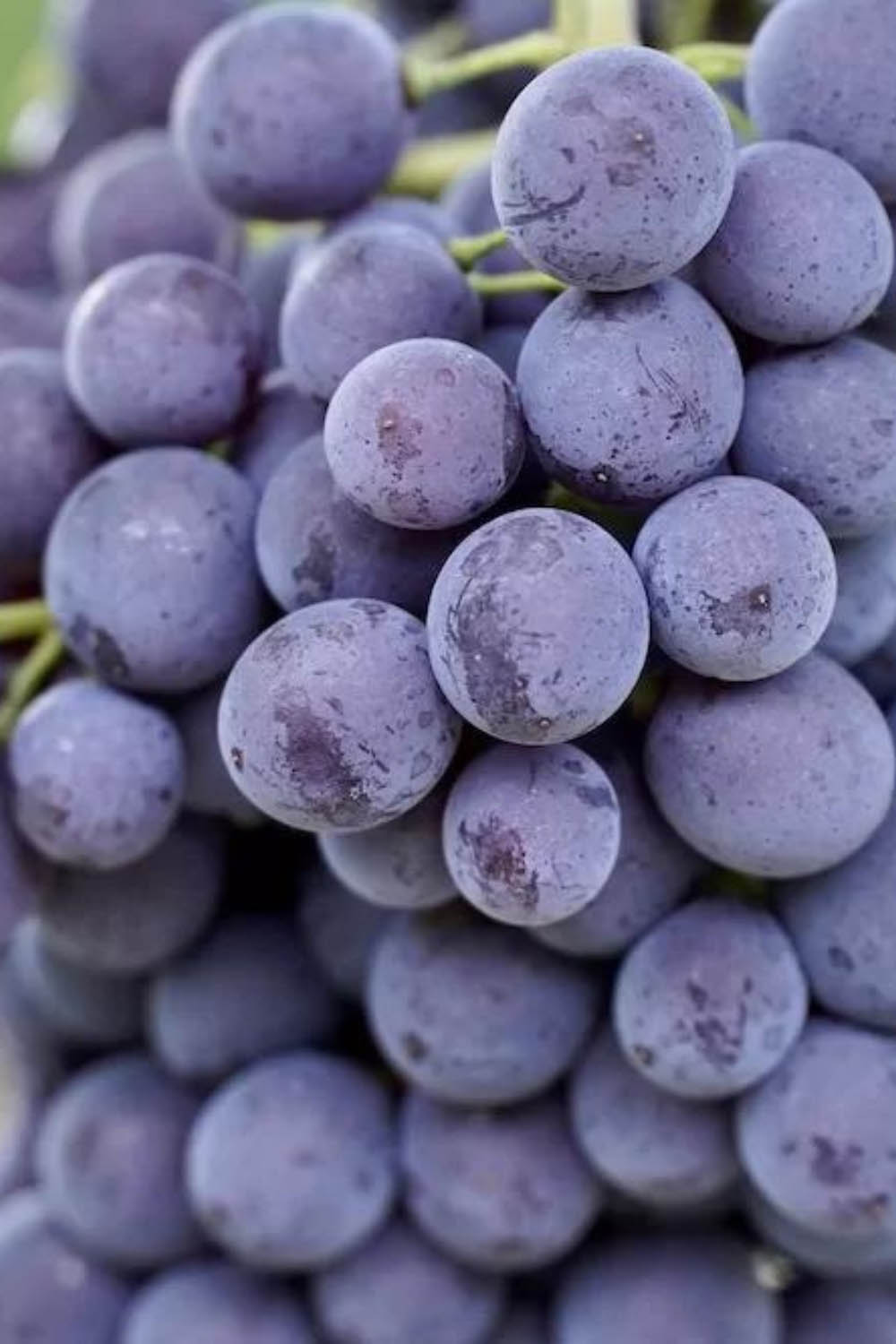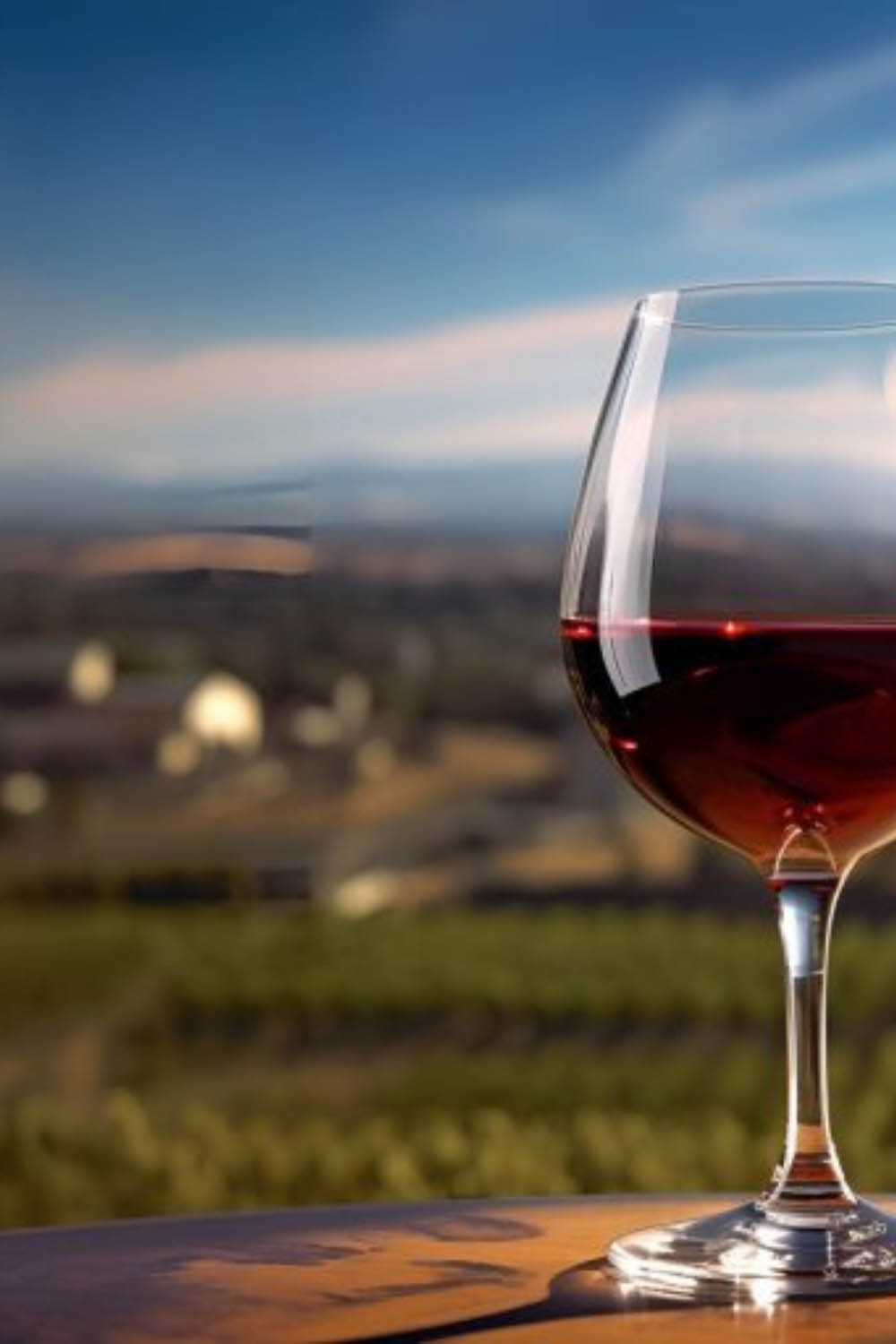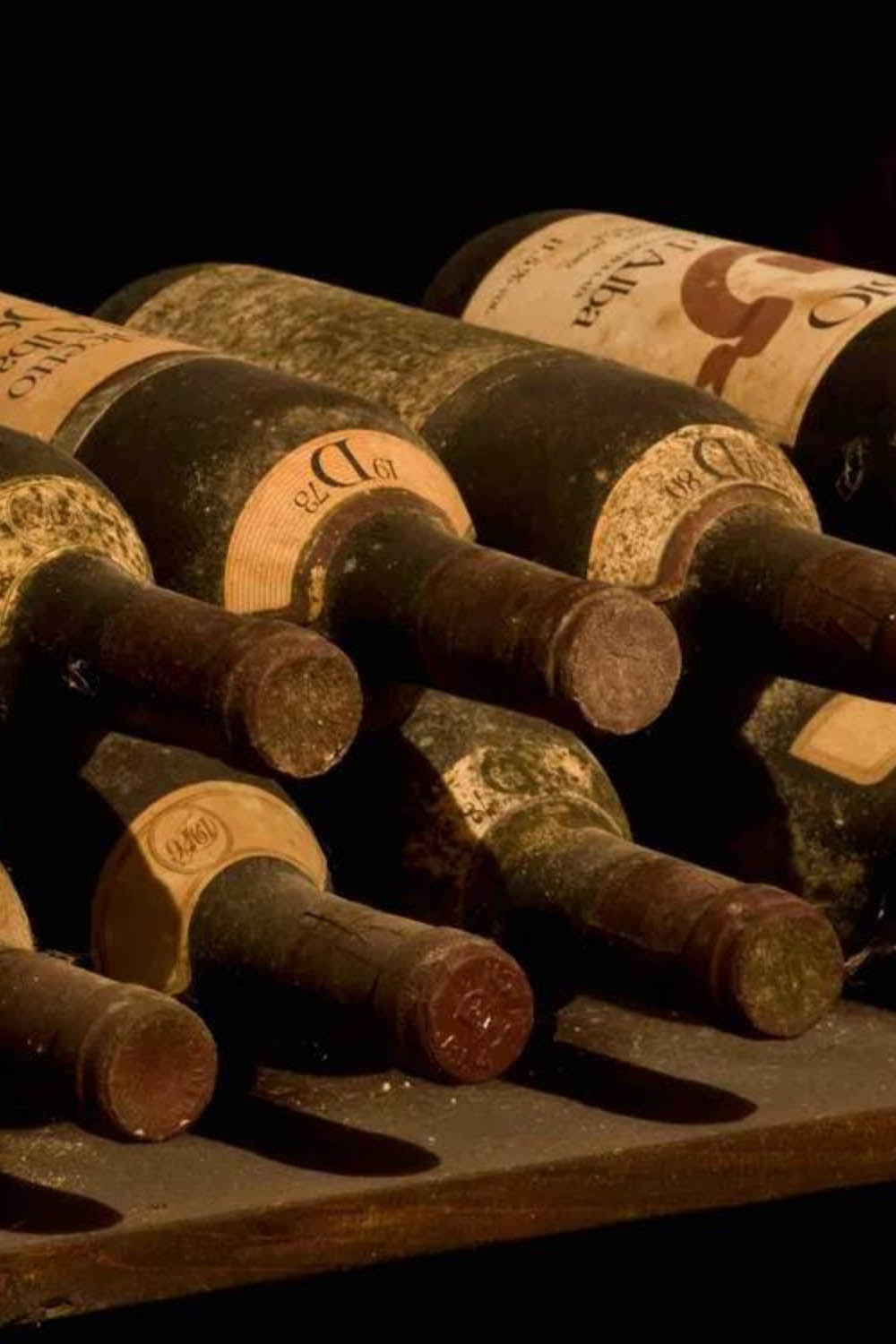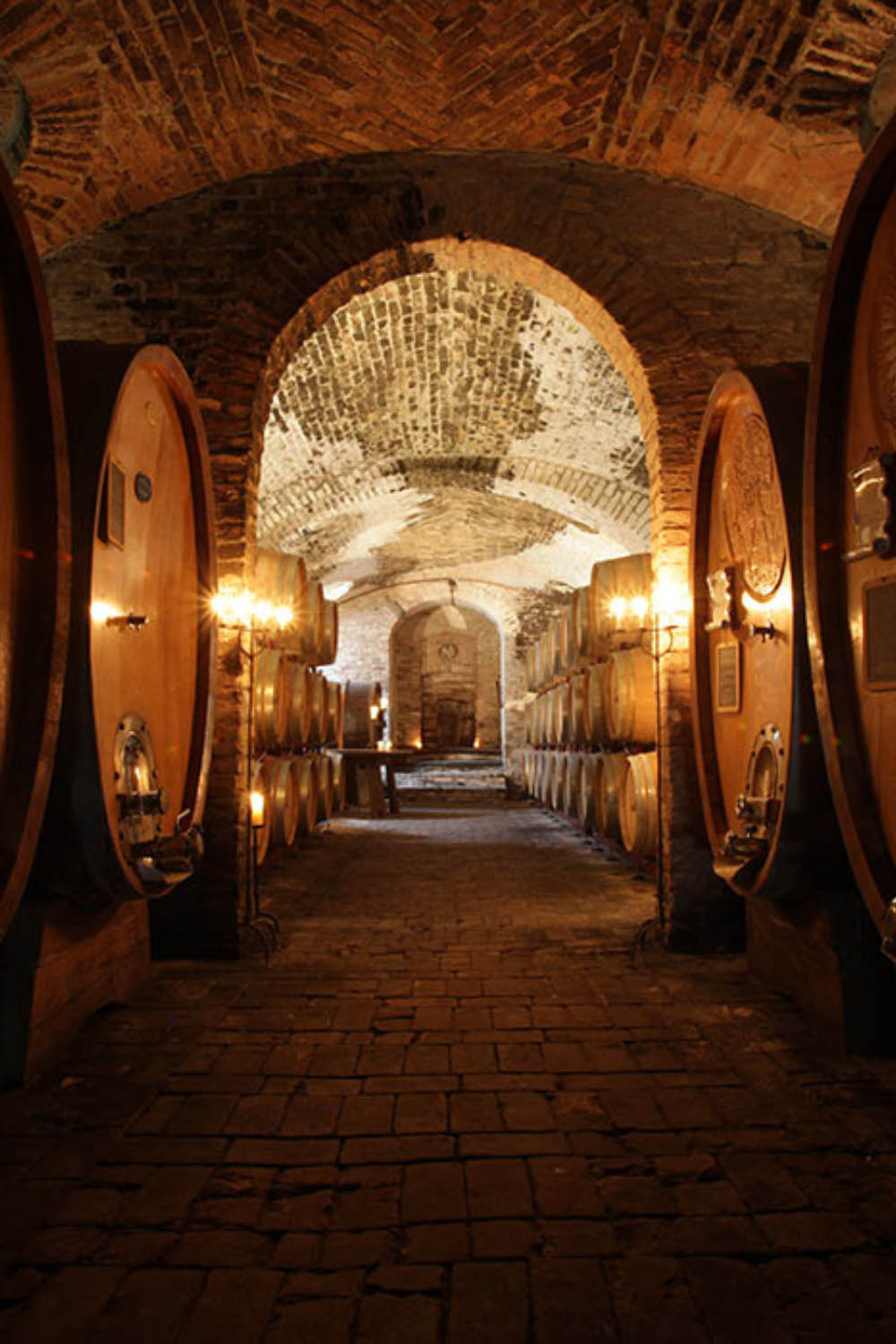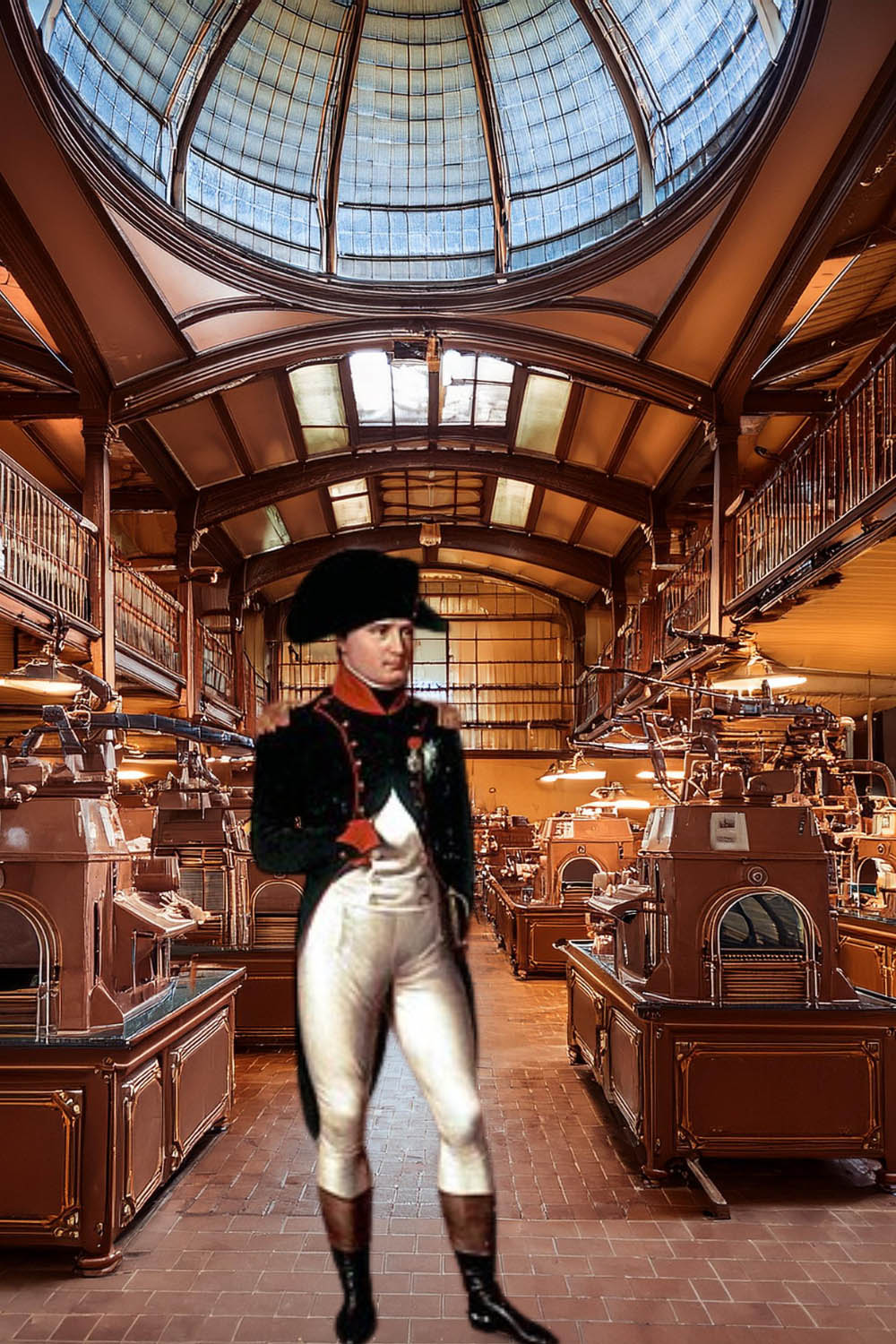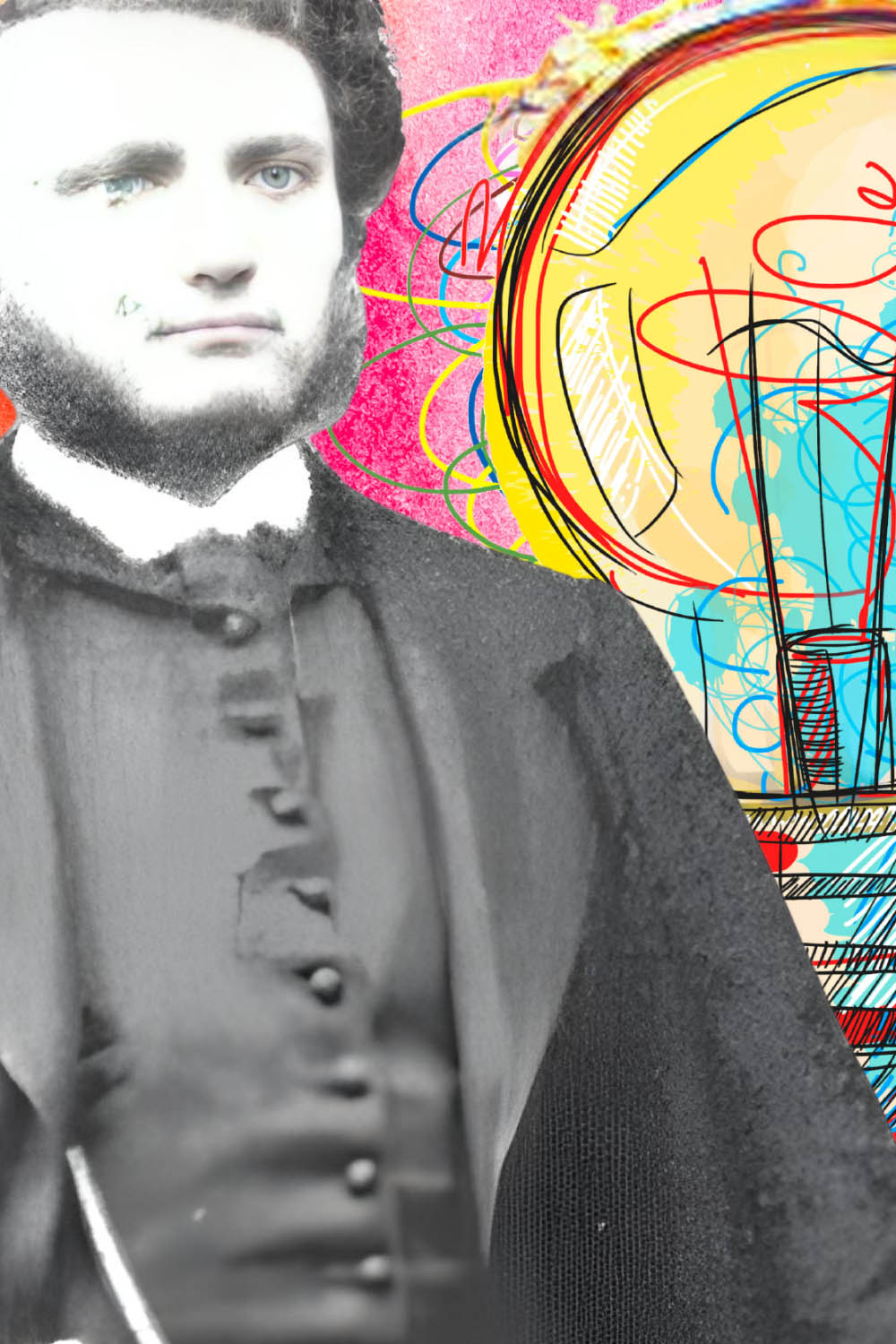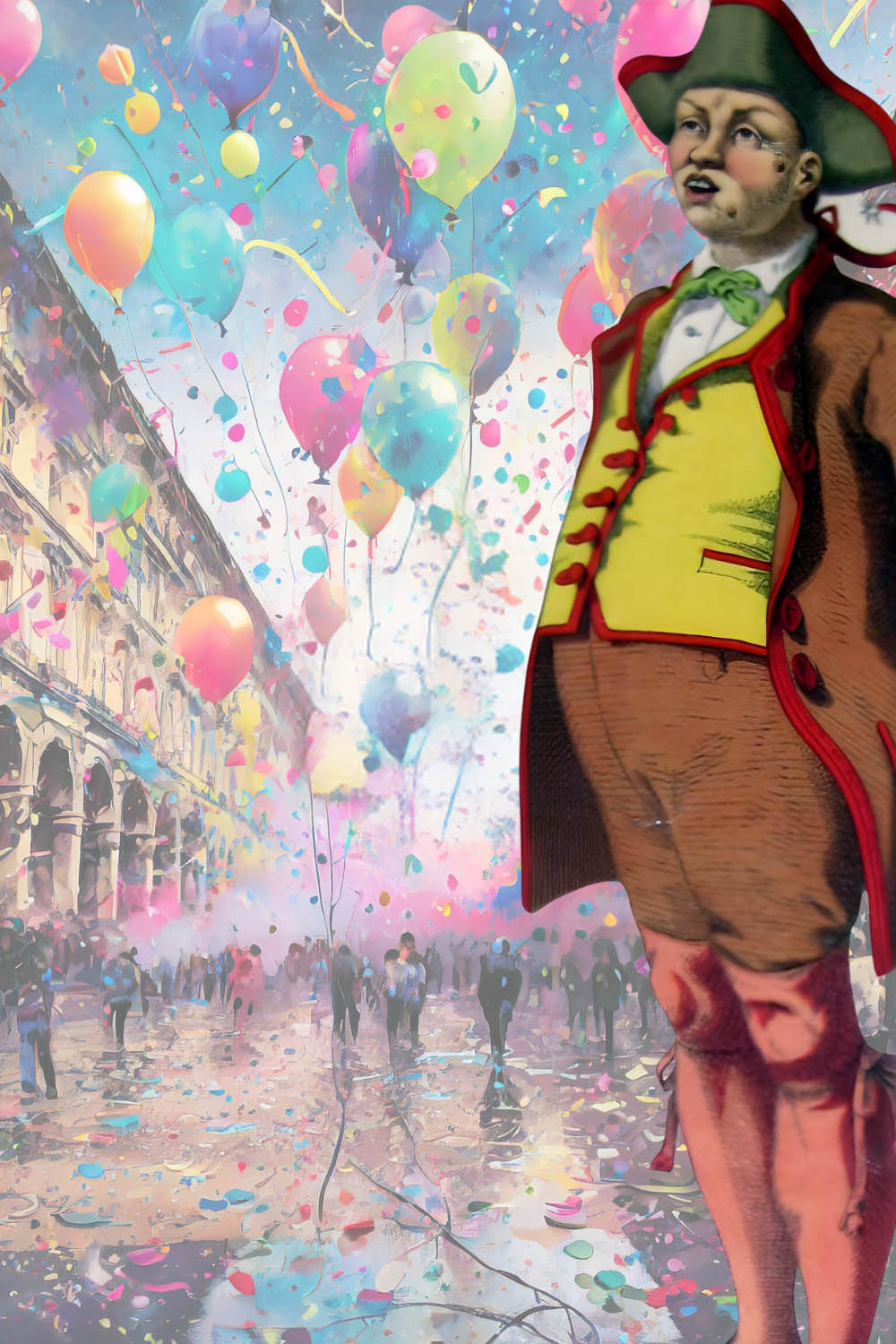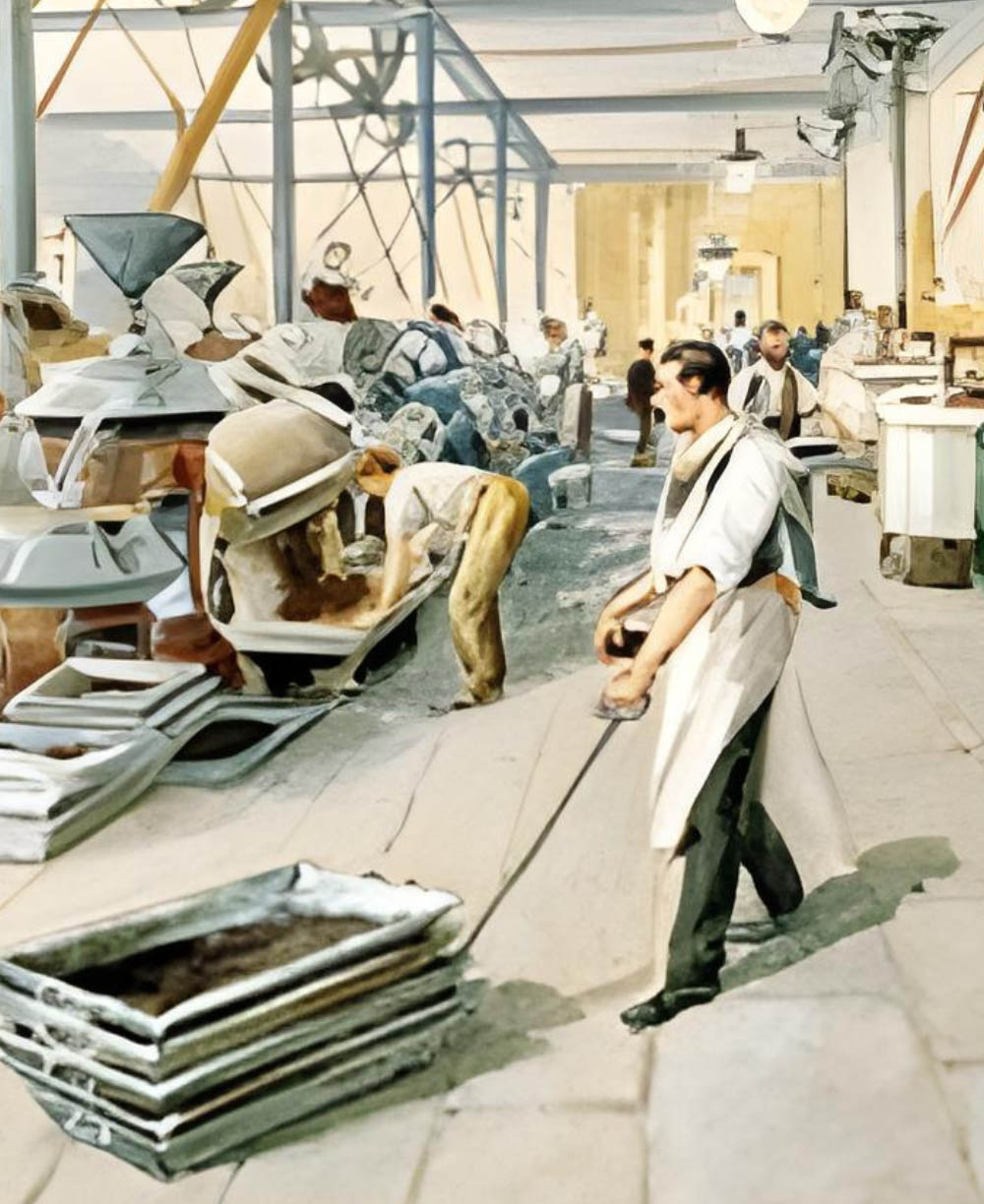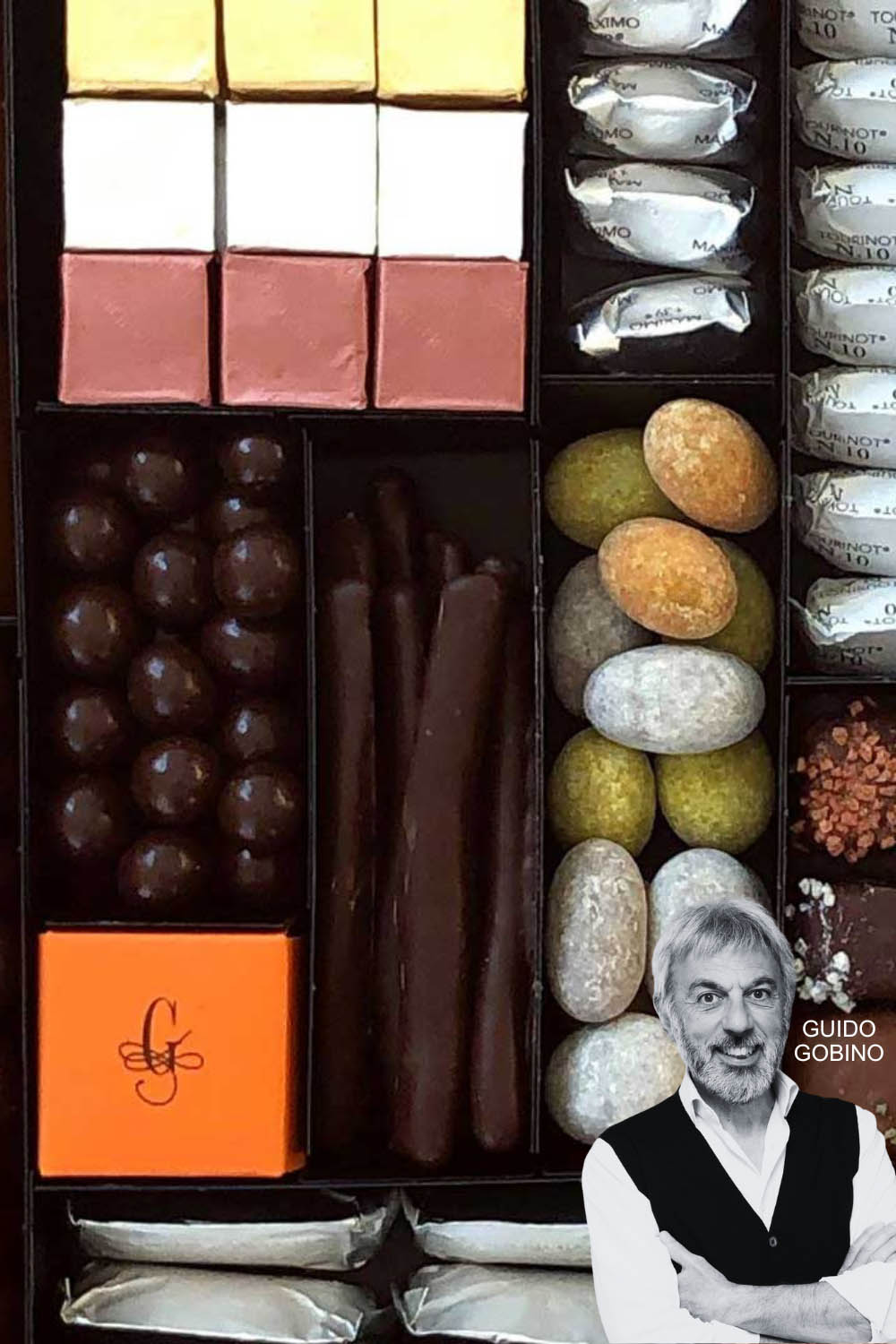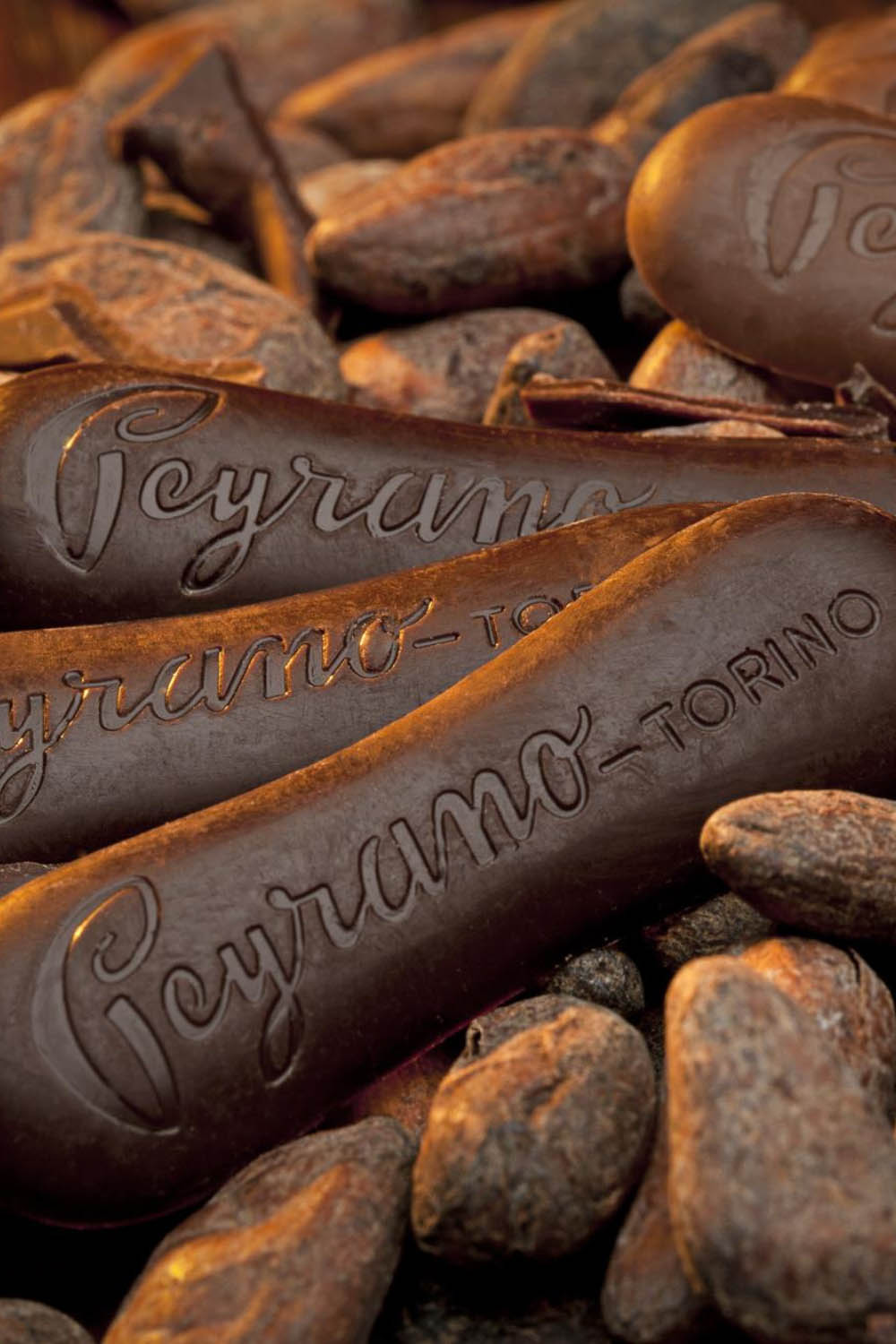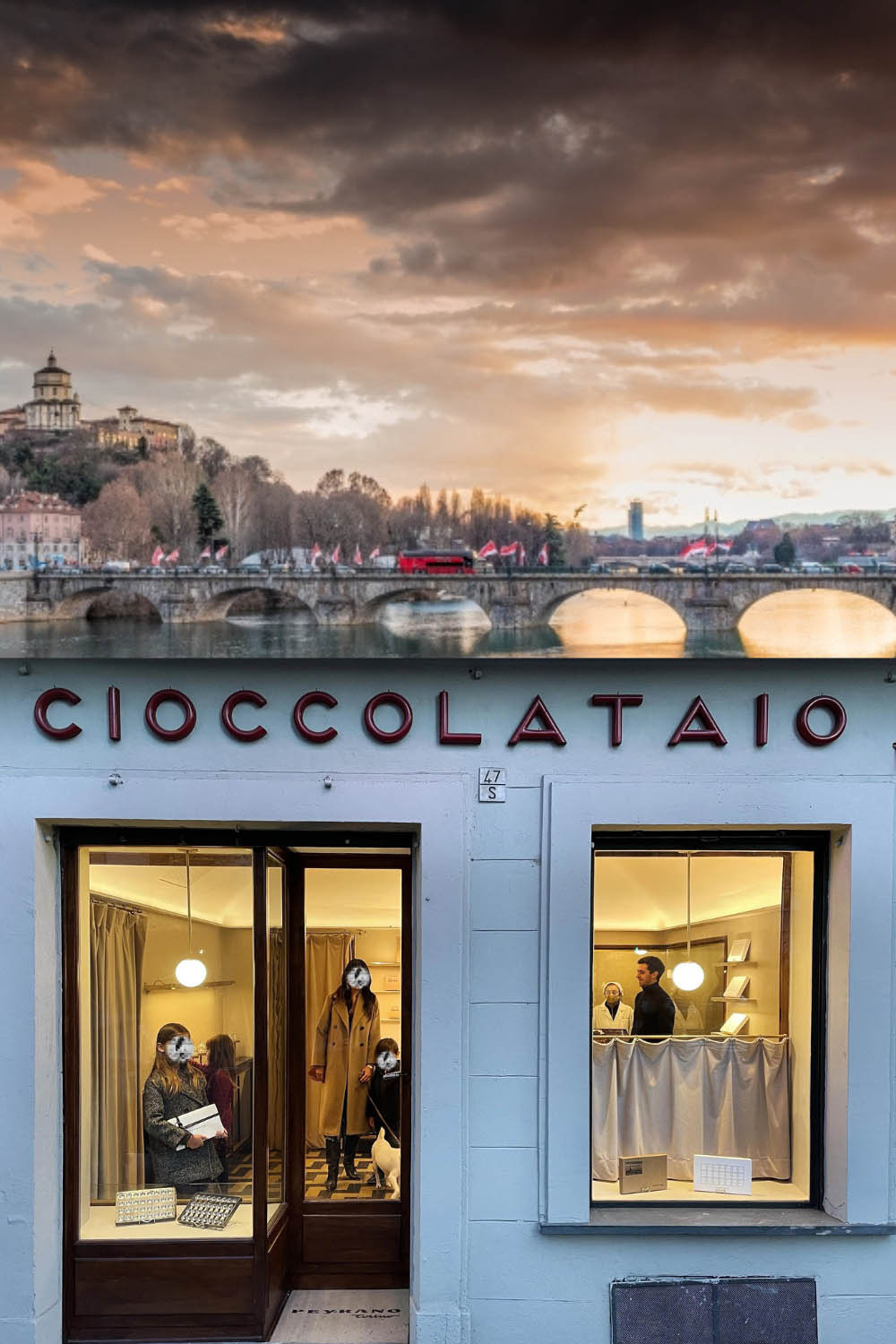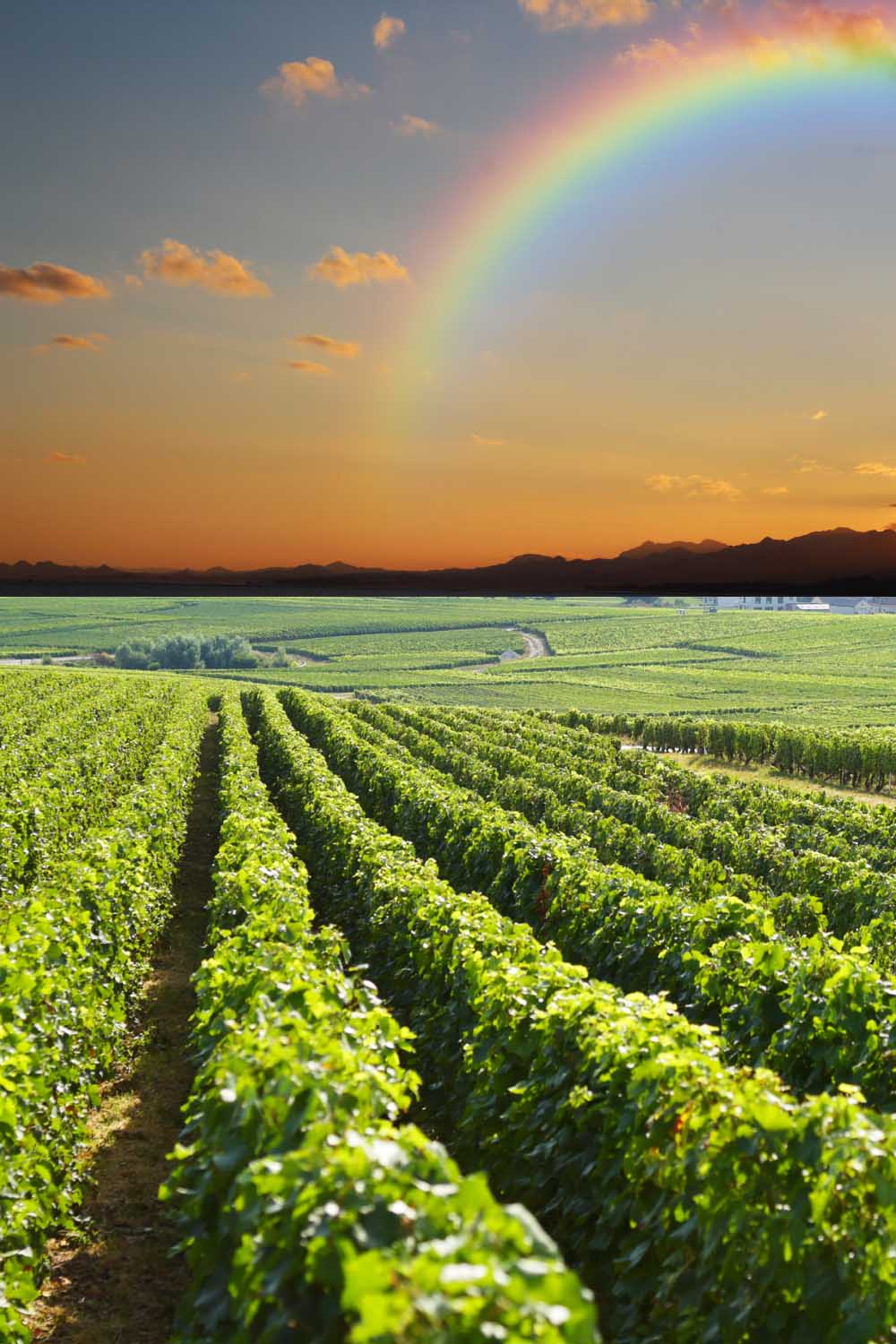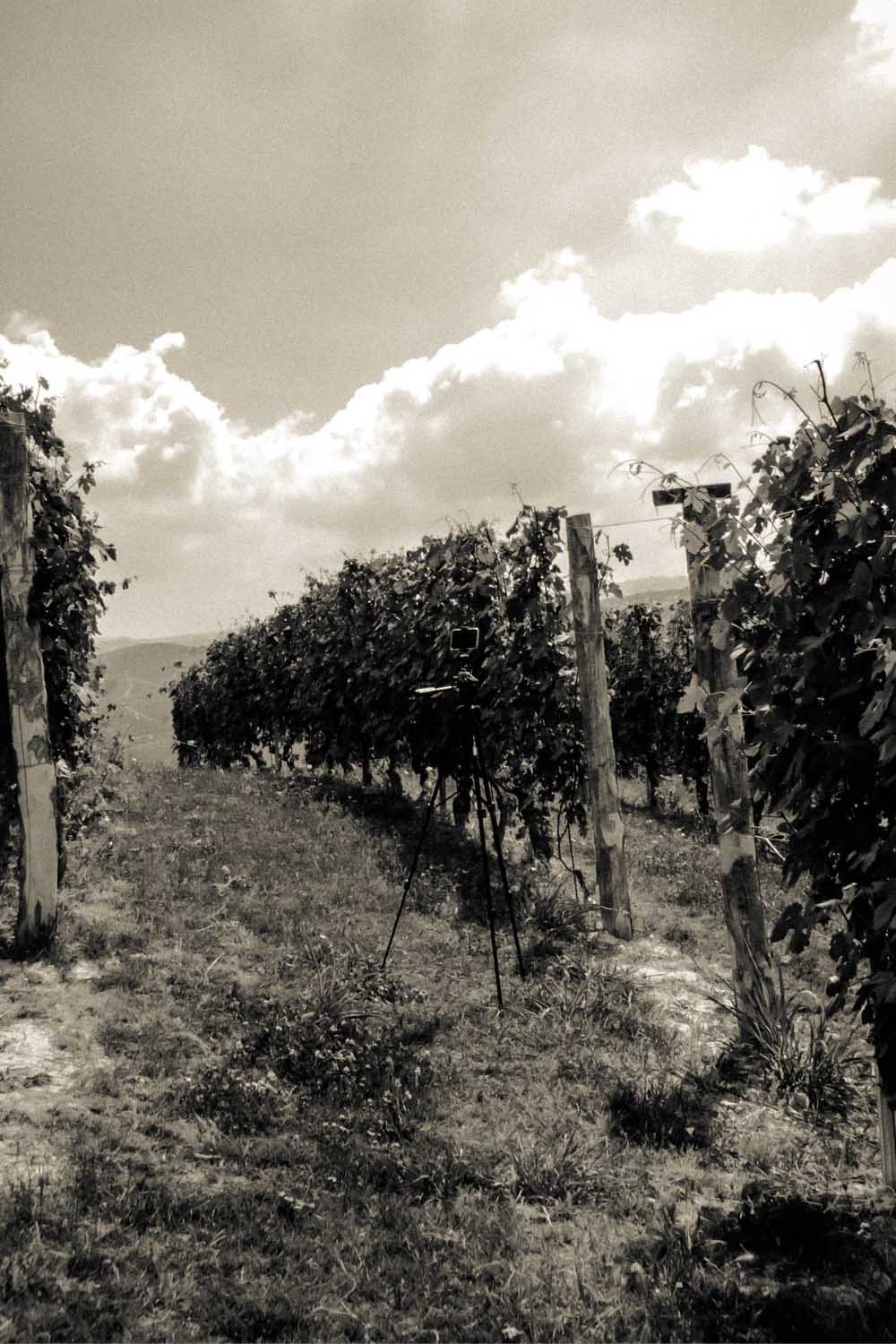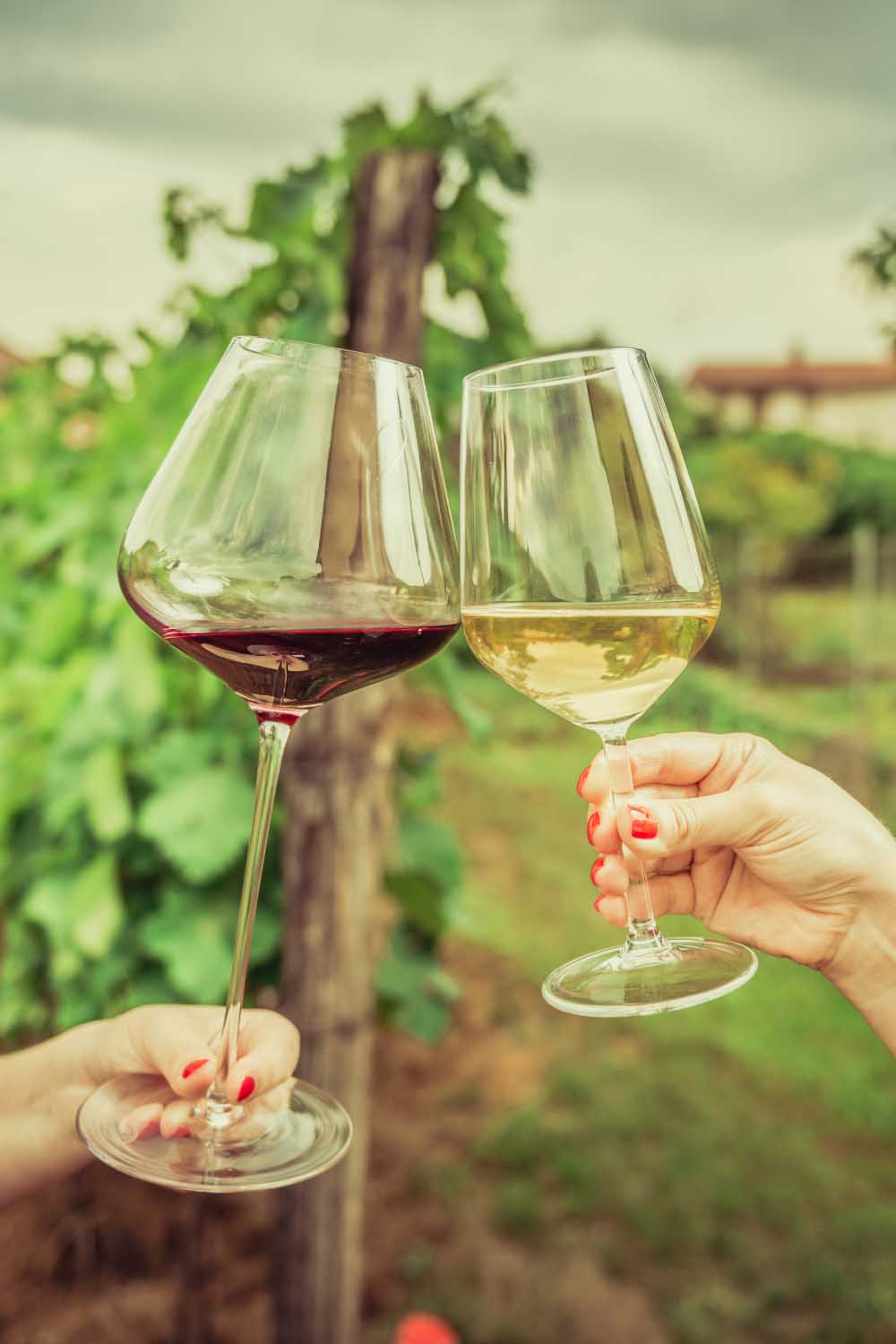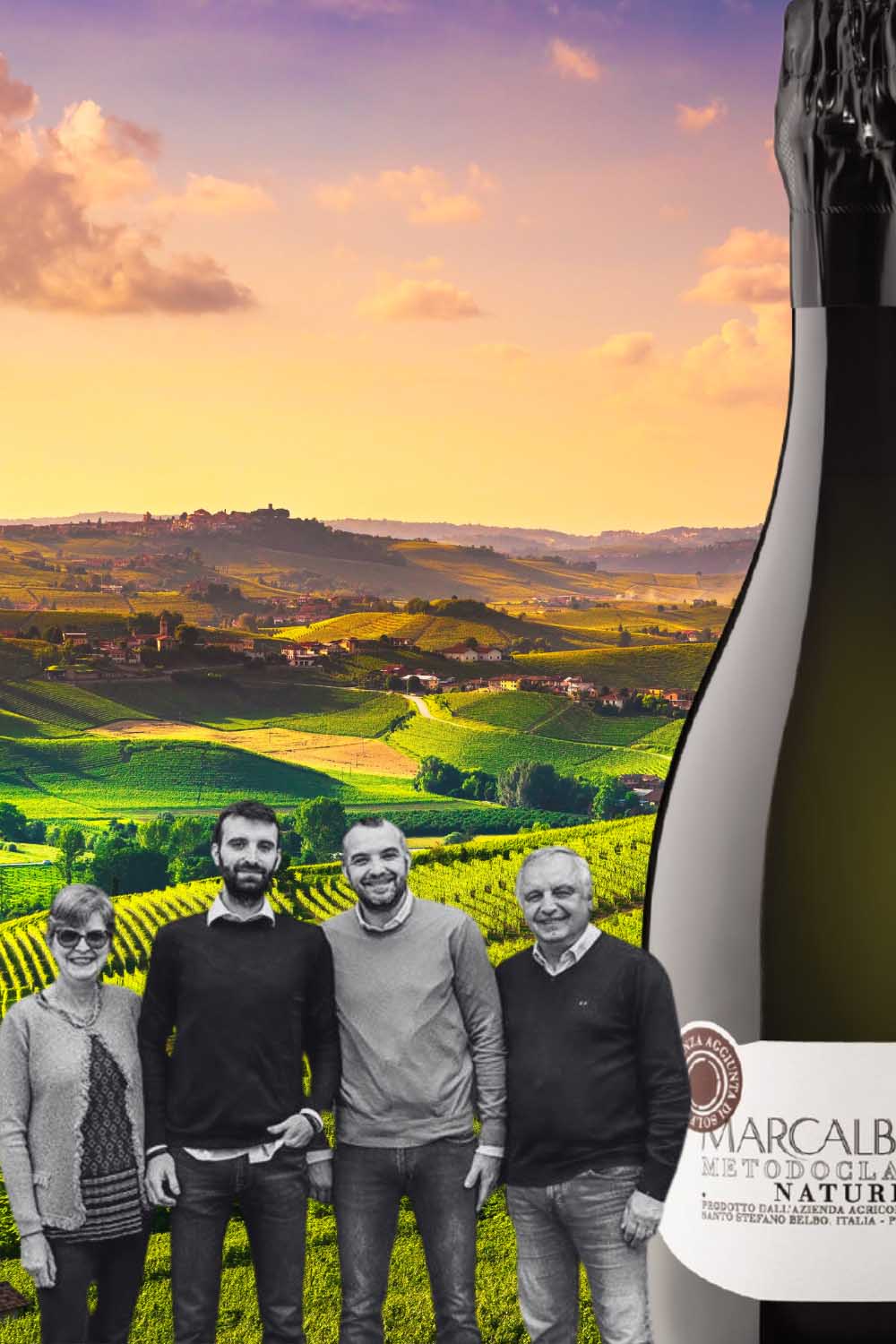Piedmont is a region rich in history, culture, and gastronomic traditions. Why not plan a trip or a weekend between September and December? You will discover some truly fascinating festivals and fairs!
These events will give you the opportunity to experience the local culture and taste the products of the region, making your trip unforgettable!!
Grape and Wine Festival in Caluso, the Erbaluce
From September 11 to 16 in Caluso, you’ll find this festival that combines the fun of the town’s districts with the local wine excellence. It is a celebration dedicated to the Erbaluce wine, an excellent typical product of this area. The event offers tastings, guided tours of the wineries, and a series of activities related to Piedmont’s wine tradition. It’s perfect for wine enthusiasts!

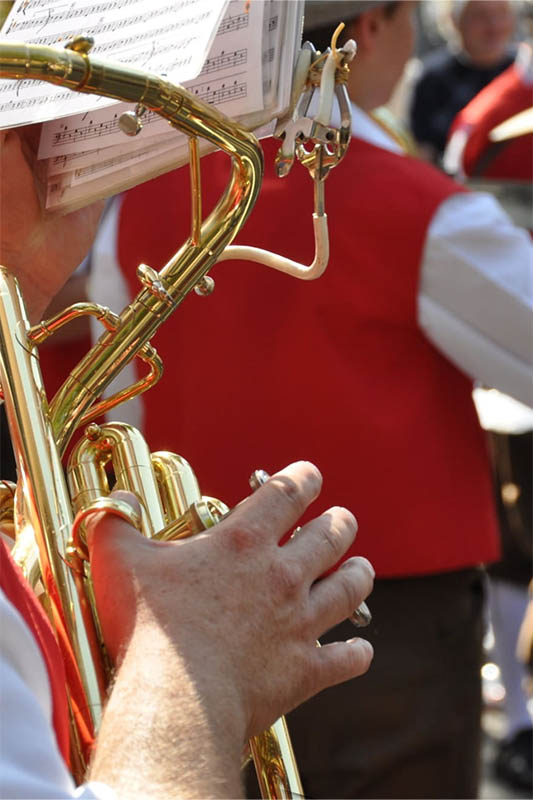
Palio of Asti, let the trumpets sound!
On September 1, 2024, we can head to the Palio of Asti, which livens up the end of summer in this delightful Piedmont city. Its roots go back to the distant Middle Ages (the first records date back to 1275, when the local chronicler Guglielmo Ventura reports that the people of Asti ran the Palio for fun under the walls of their rival city, Alba).
Twenty districts participate in the horse race, but this is just the final act of days filled with festivities, colors, and gastronomy (which is never lacking in Piedmont!). It is a truly impressive event, renowned nationwide!
You will find the market in Piazza Alfieri, the propitiatory dinners featuring ancient medieval recipes, and the flag-wavers!!
The city of Asti will relive the ancient medieval atmosphere, with flags waving, trumpets blaring, and, of course, the awarding of the prize banner to the winner!
Rapulè Fair in Calosso, the cellars at your fingertips
From October 18 to 20, 2024, this fair has become an unmissable event of the autumn season. The event takes its name from the ancient and traditional practice of harvesting late grape clusters, called Rapulin ‘d San Martin in the local dialect. The magnificent atmosphere of the “crotin,” ancient cellars carved into the tuff, serves as the backdrop to the tastings. These cellars lie beneath most of the houses in the historic center. It’s a unique opportunity to experience the authentic atmosphere of the Langhe during the grape harvest season.
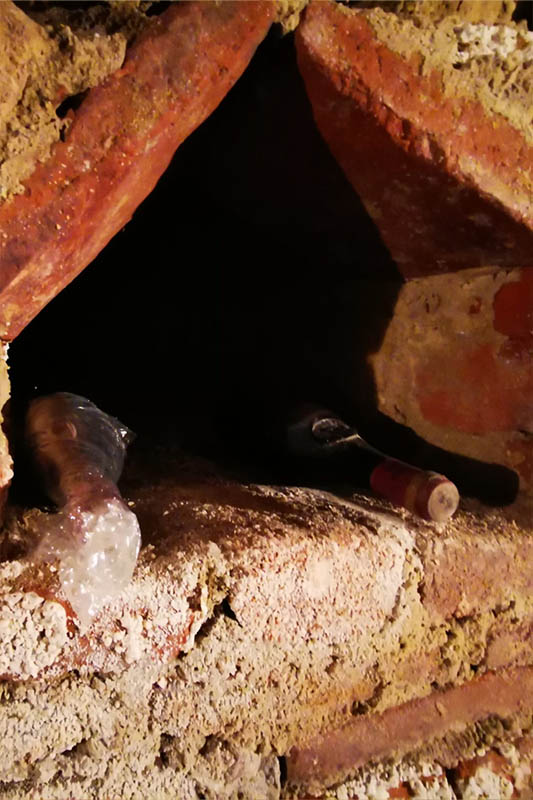
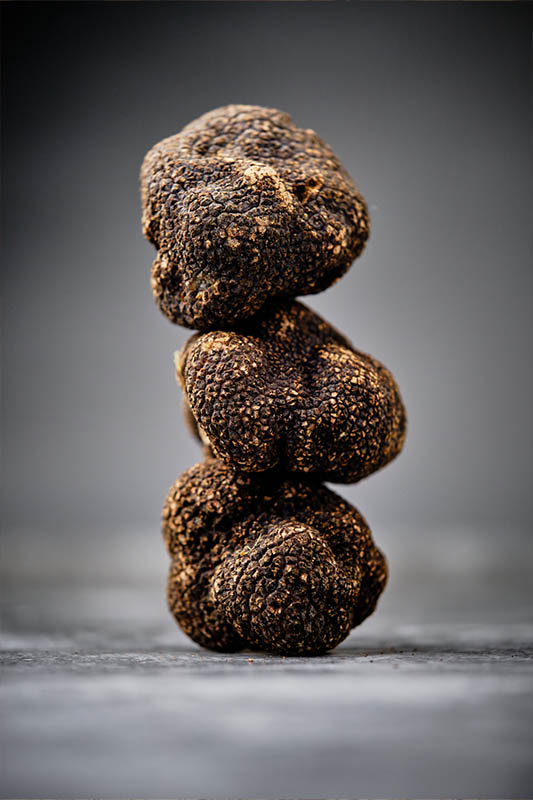
International Alba White Truffle Fair: a gastronomic treasure
Although already extensively described in one of the previous blogs, the International Alba White Truffle Fair deserves another mention. Taking place from October 12 to December 8, 2024, it’s one of the most prestigious international events dedicated to Alba’s white truffle. It includes markets, auctions, show cooking sessions with starred chefs, and numerous cultural activities. It’s a must-visit for truffle and fine dining lovers.
I highly recommend these fairs to you, but stay tuned for the next blog! I’ll talk about a hidden gem in great detail that will surely blow your mind and your taste buds! Until next time!


